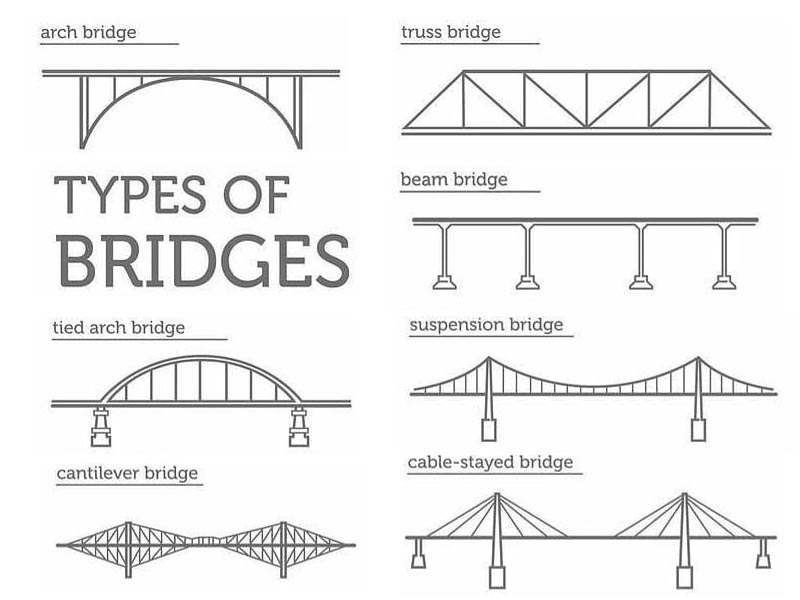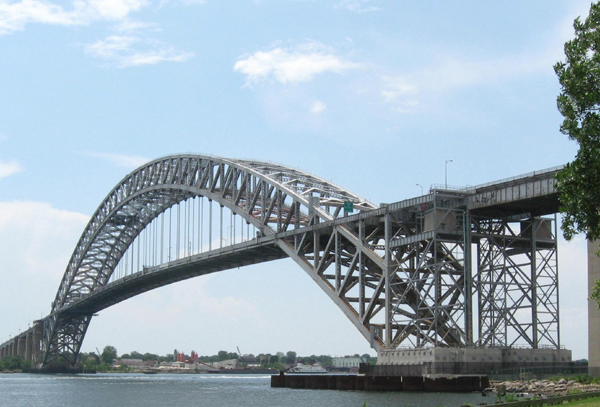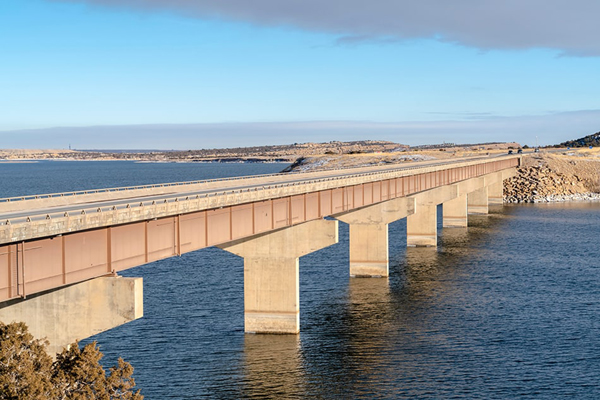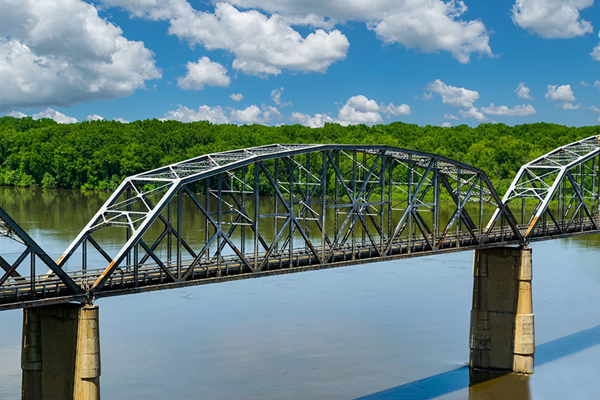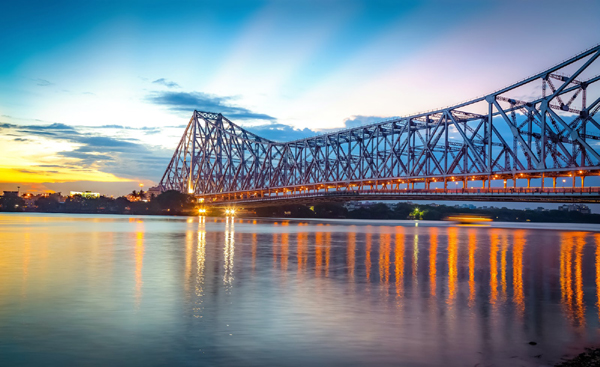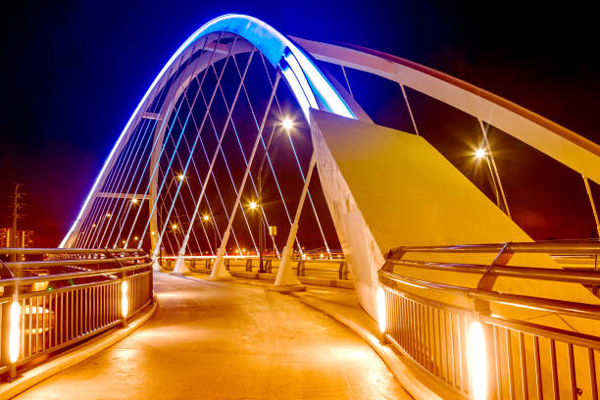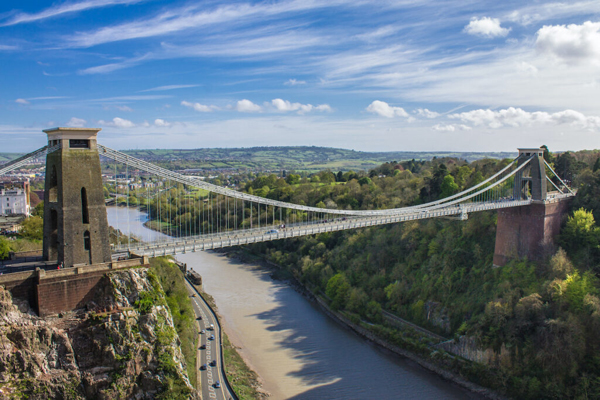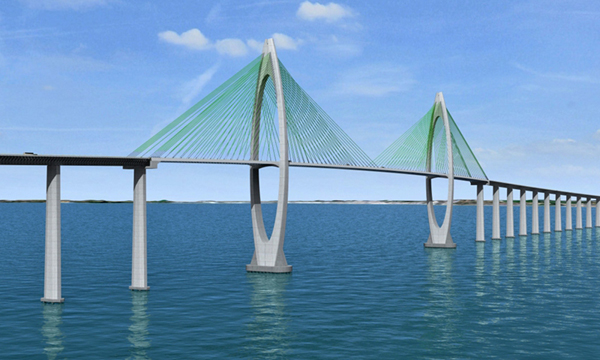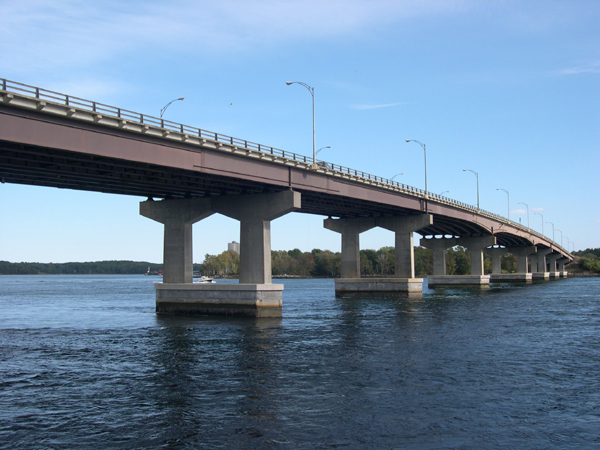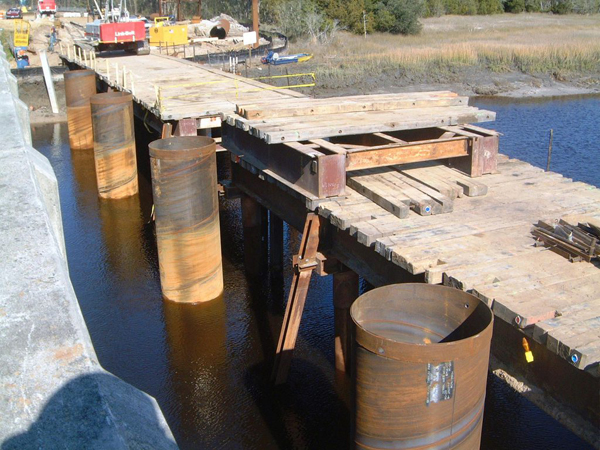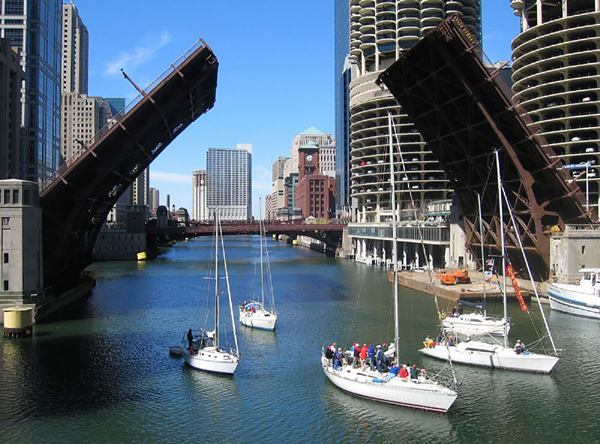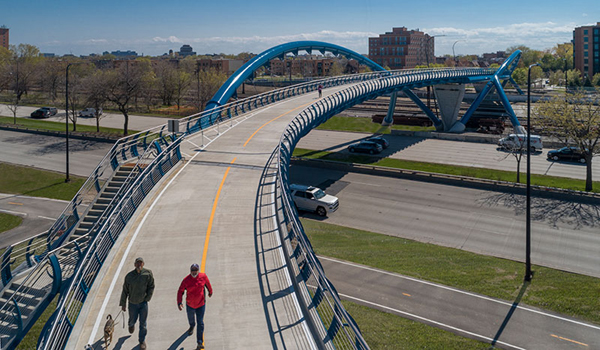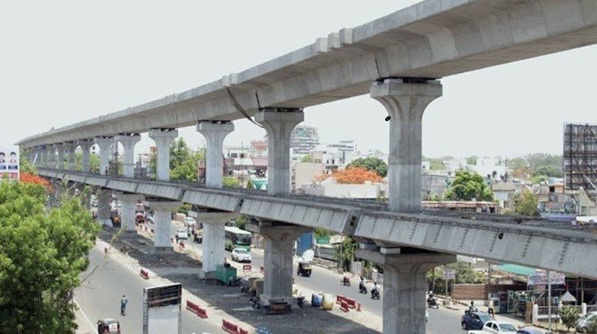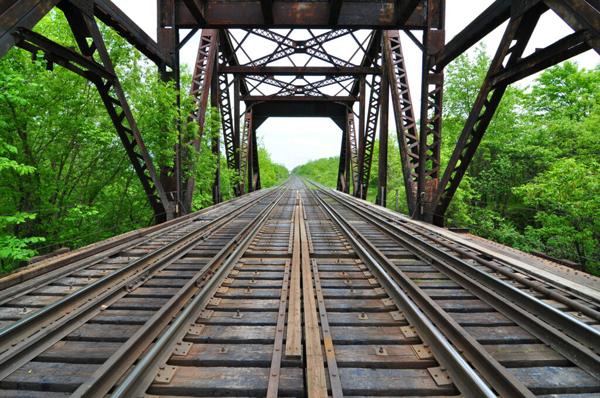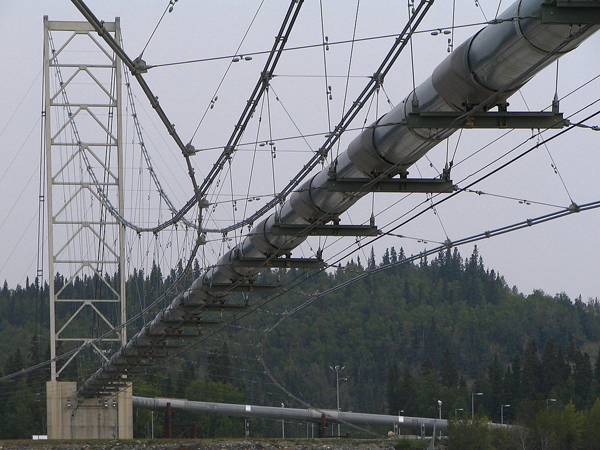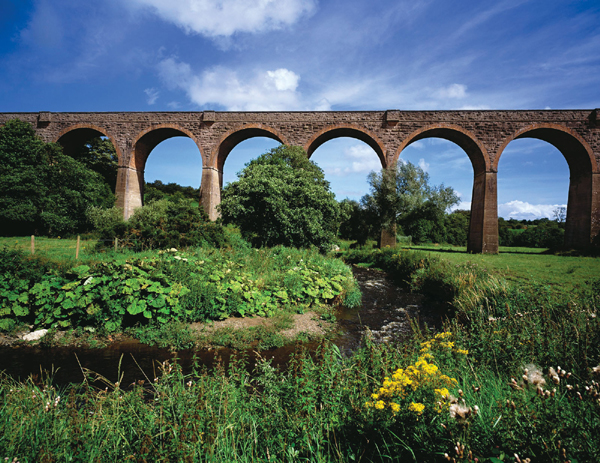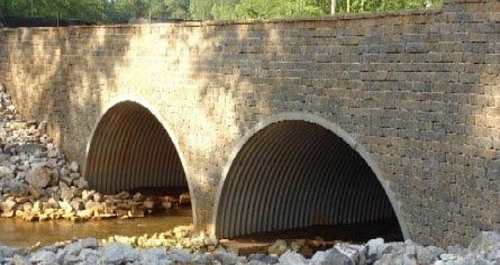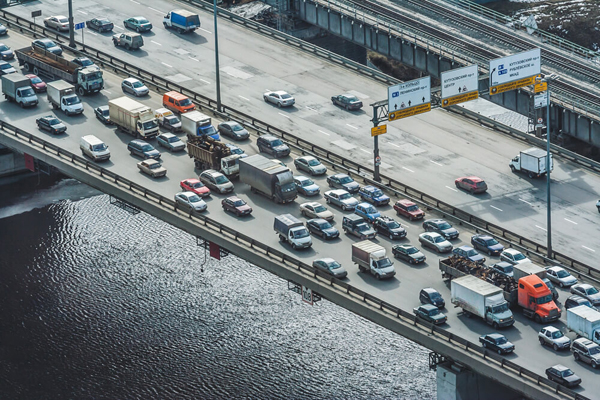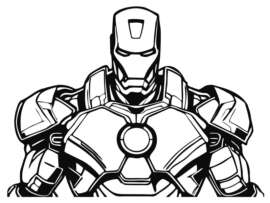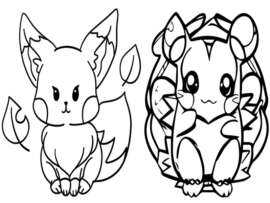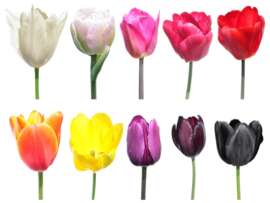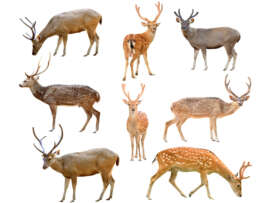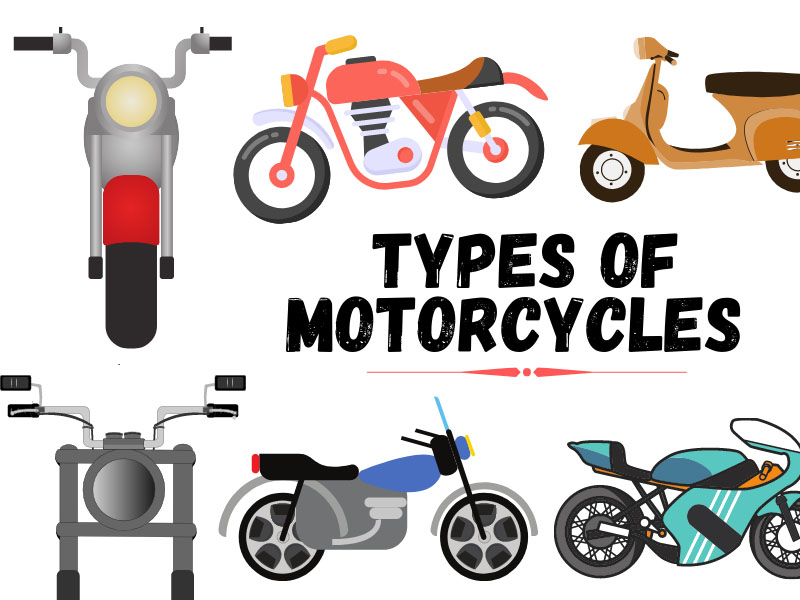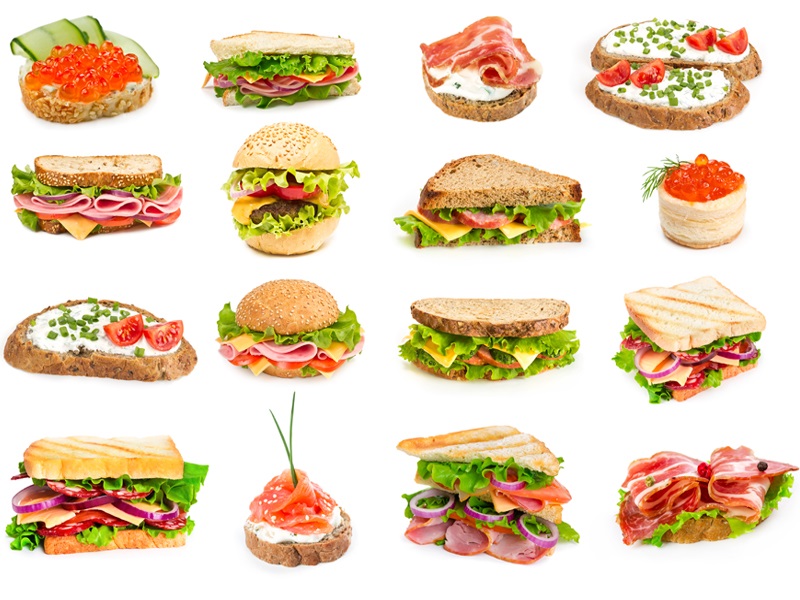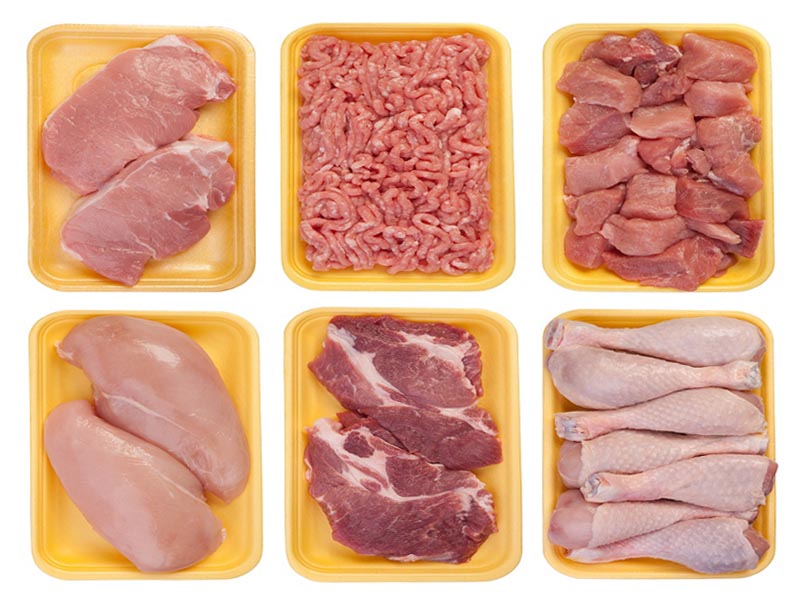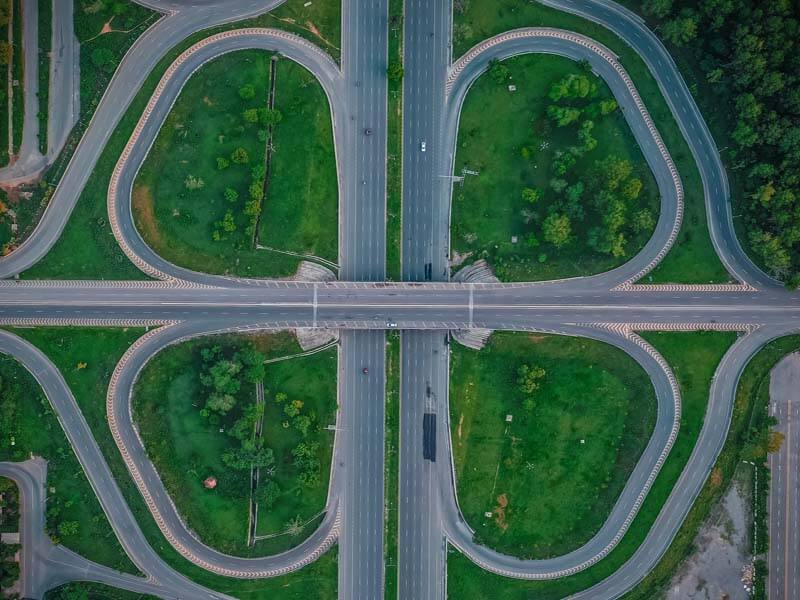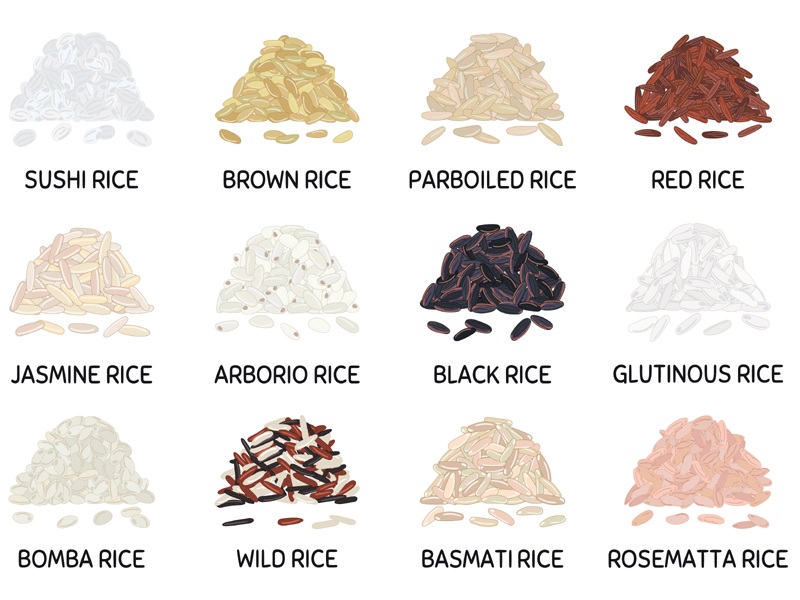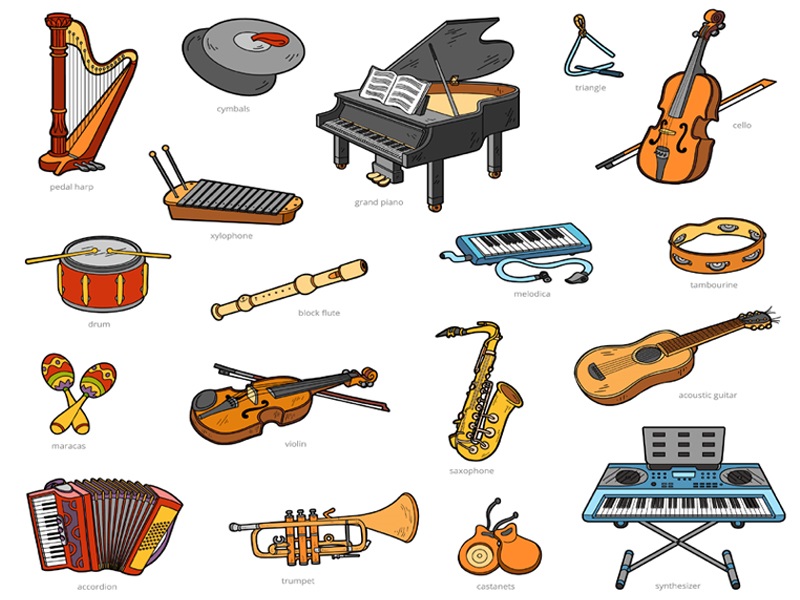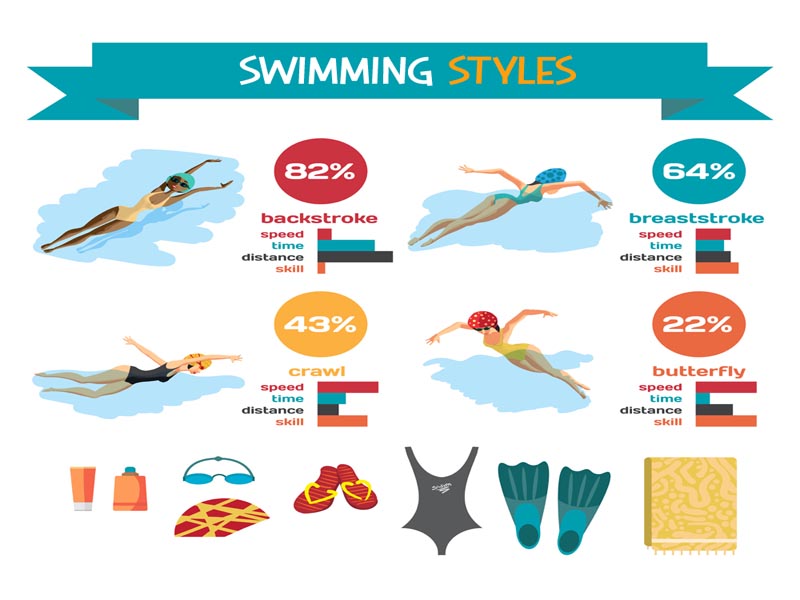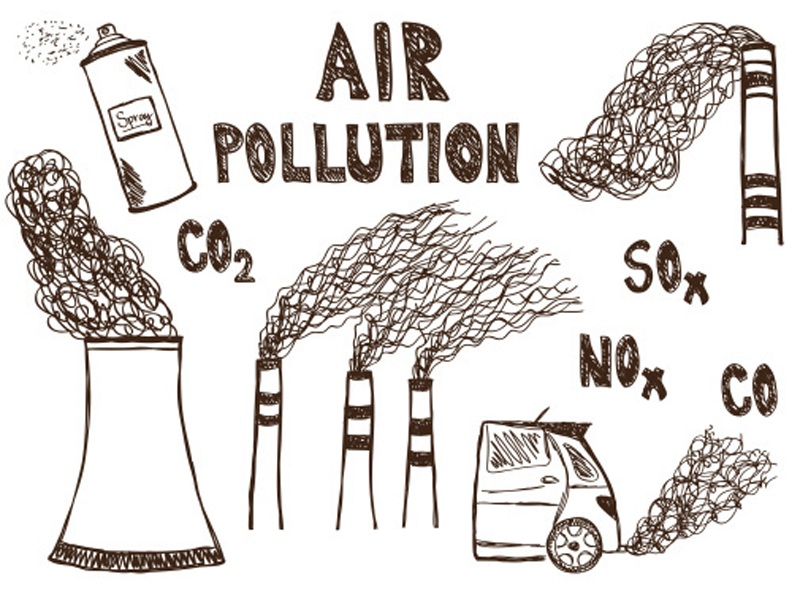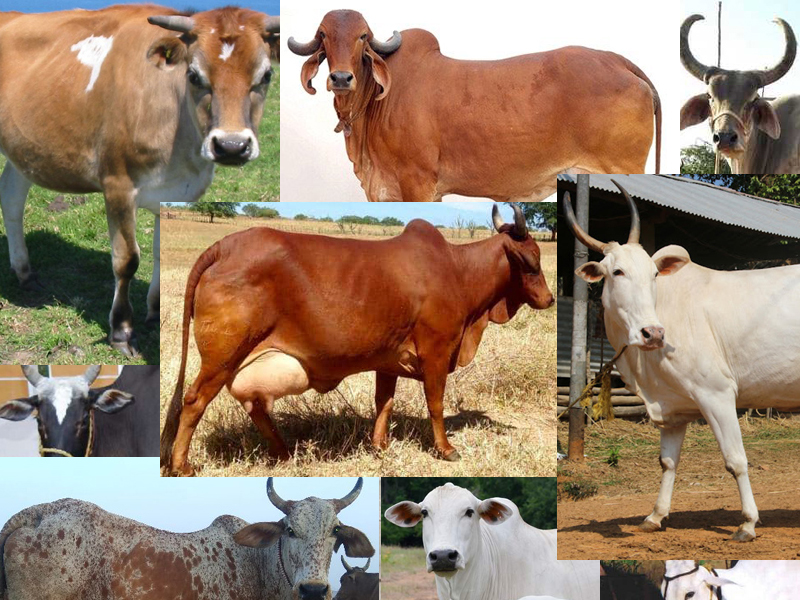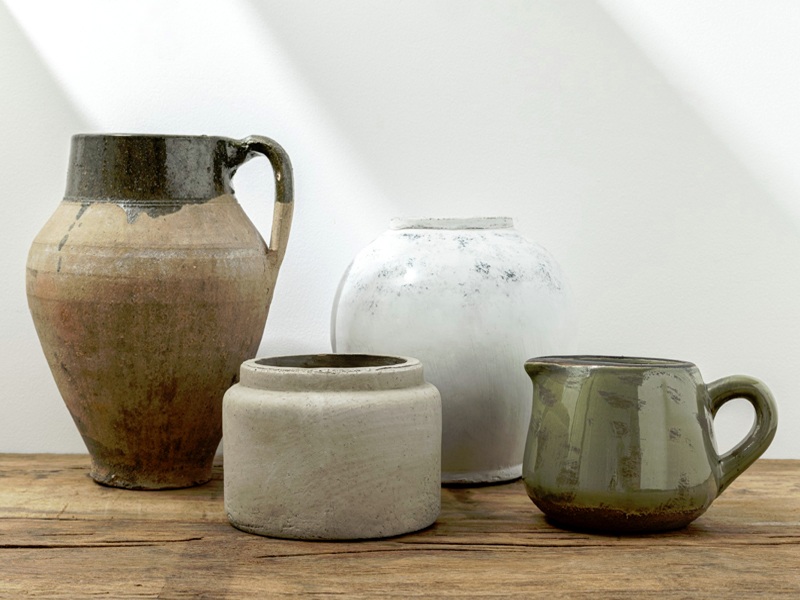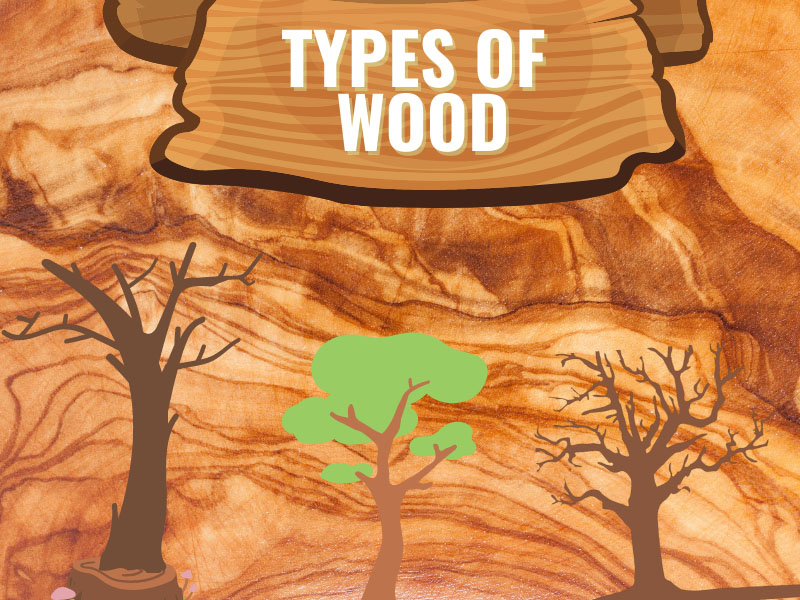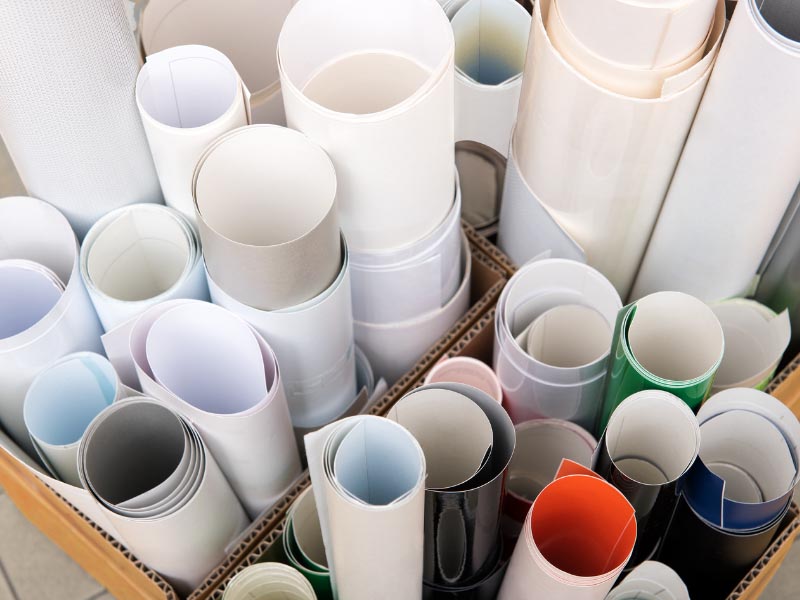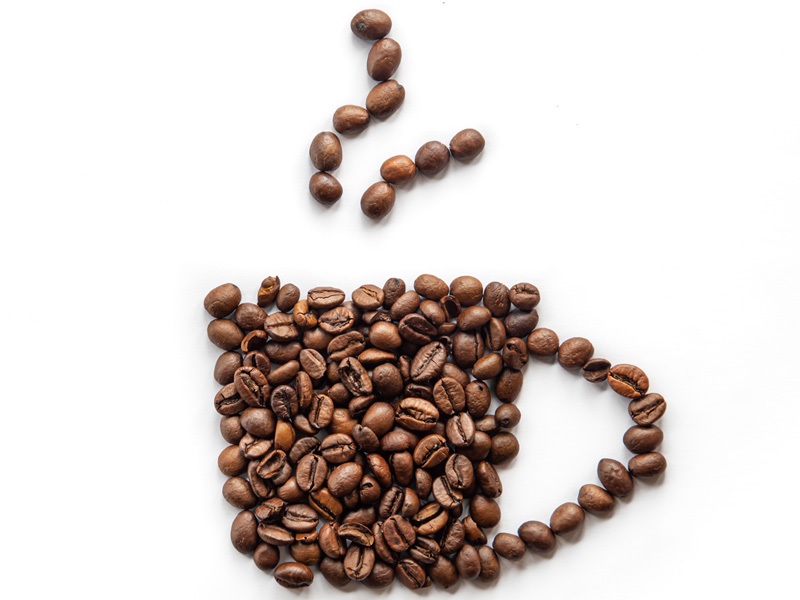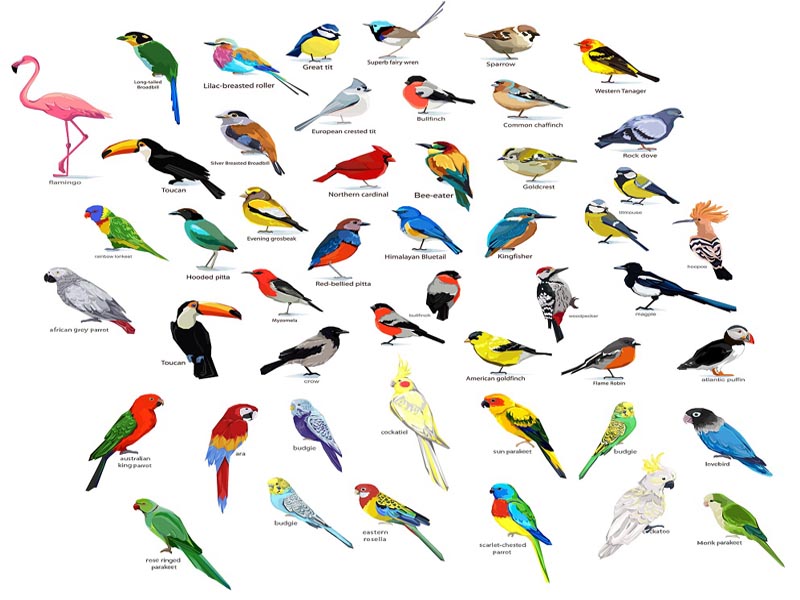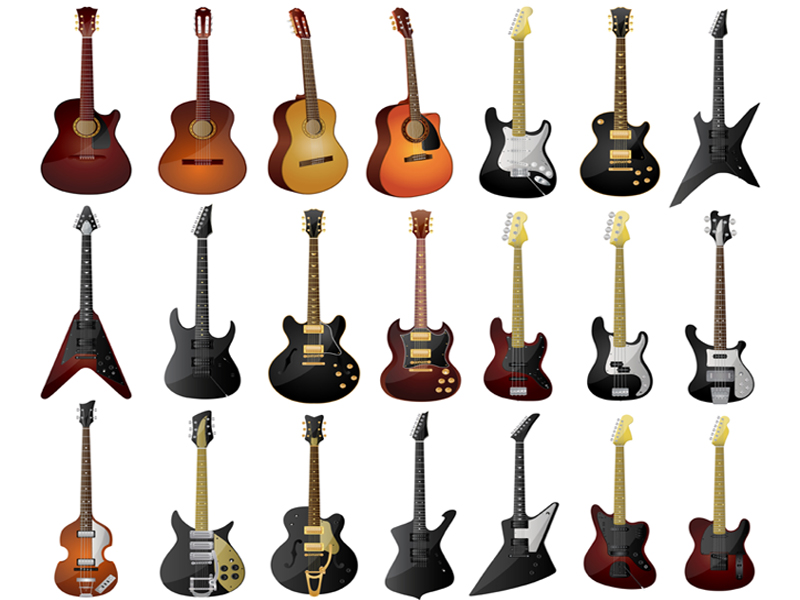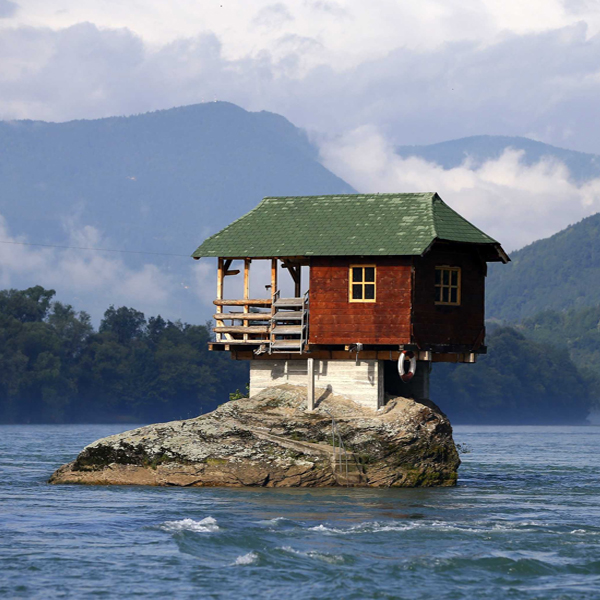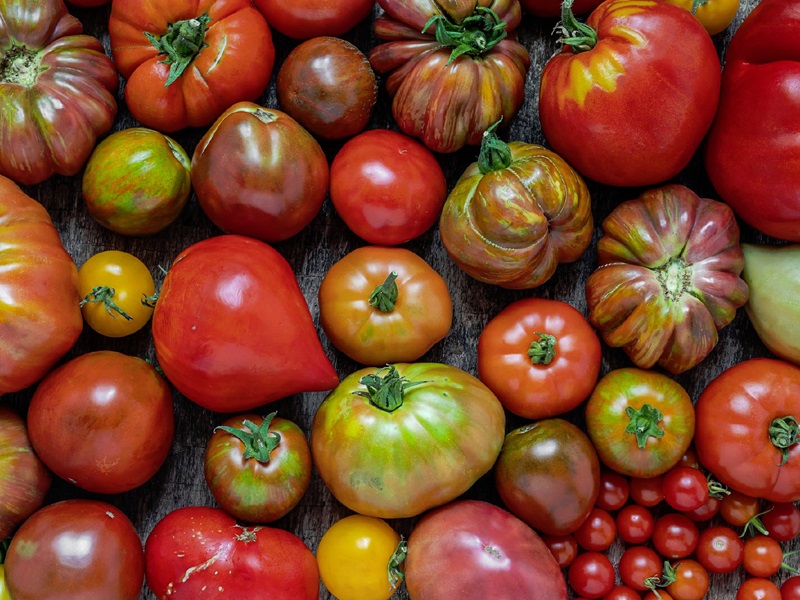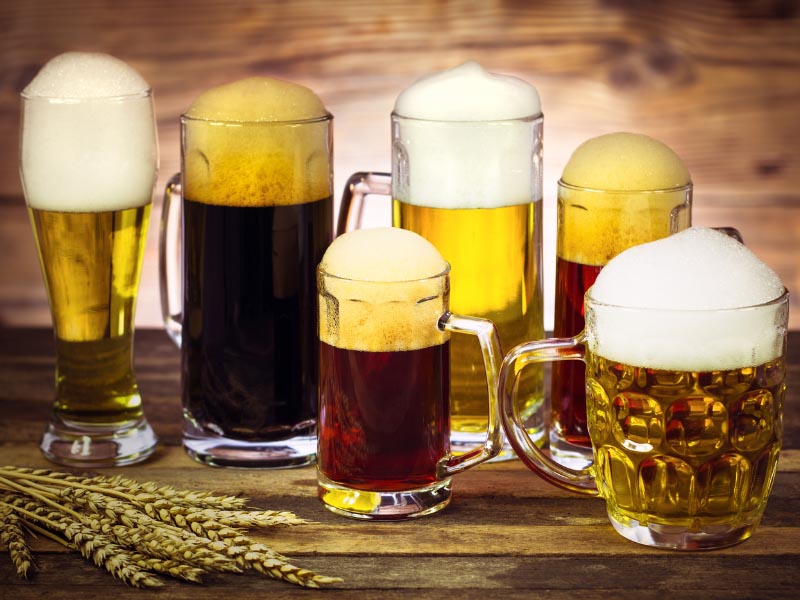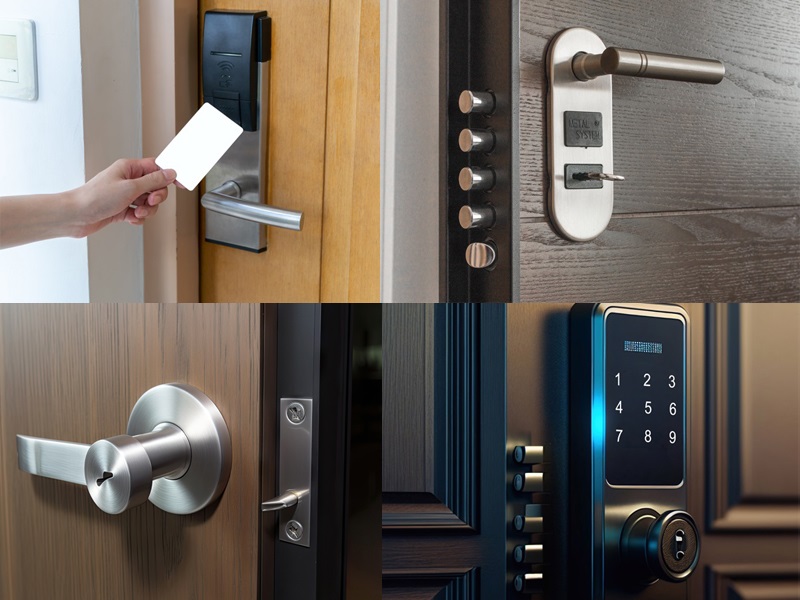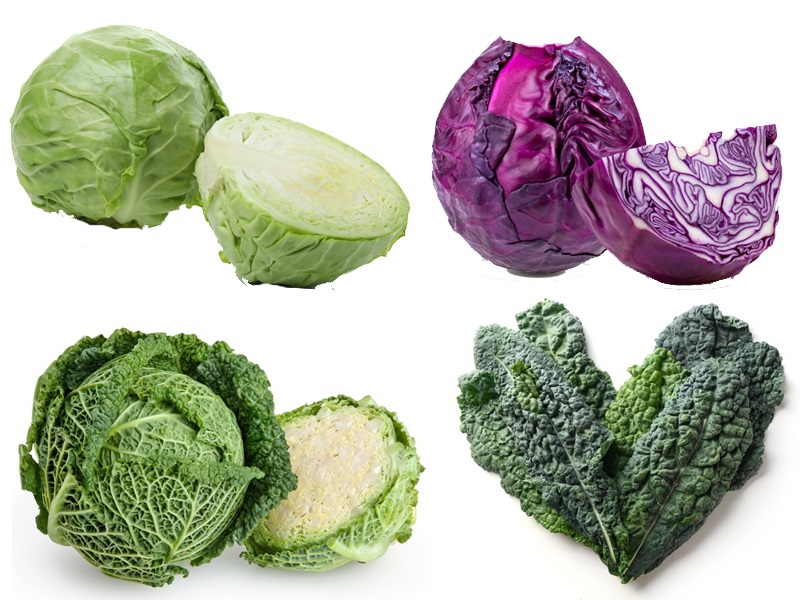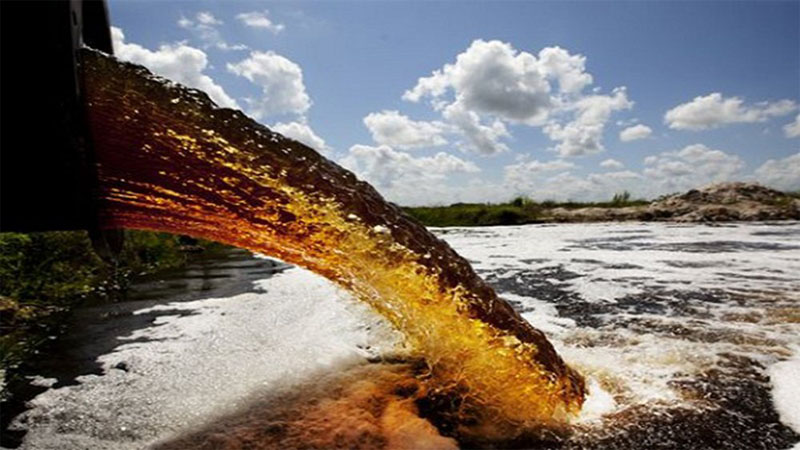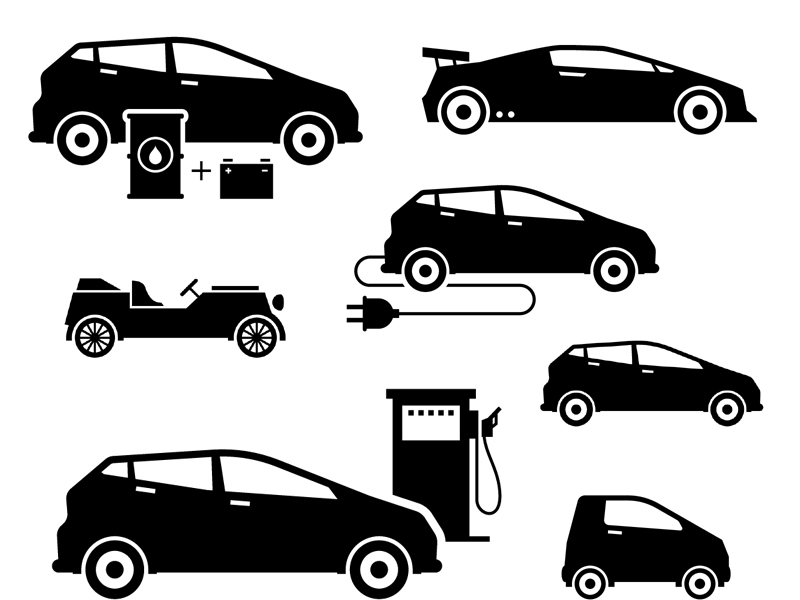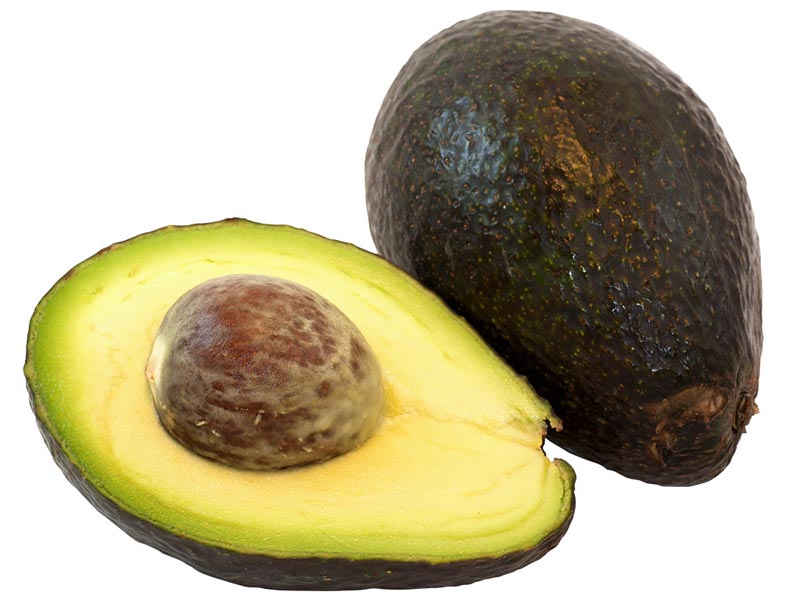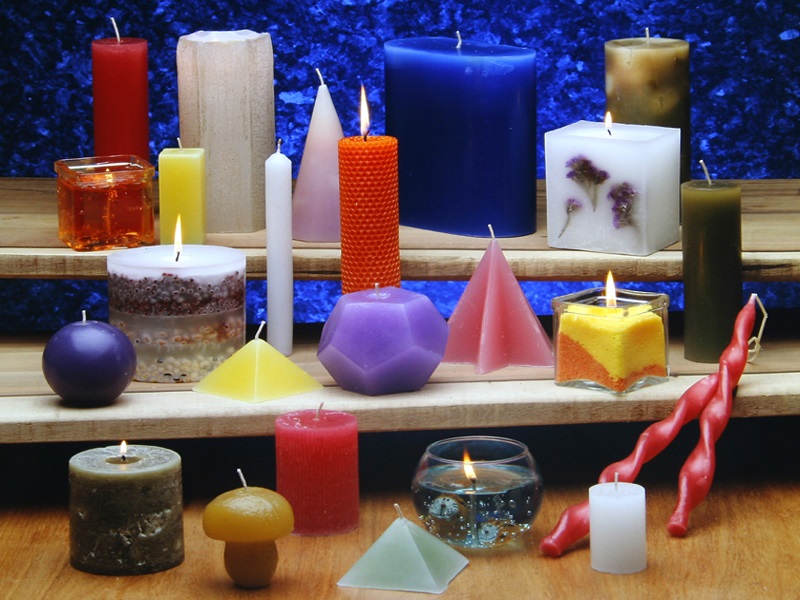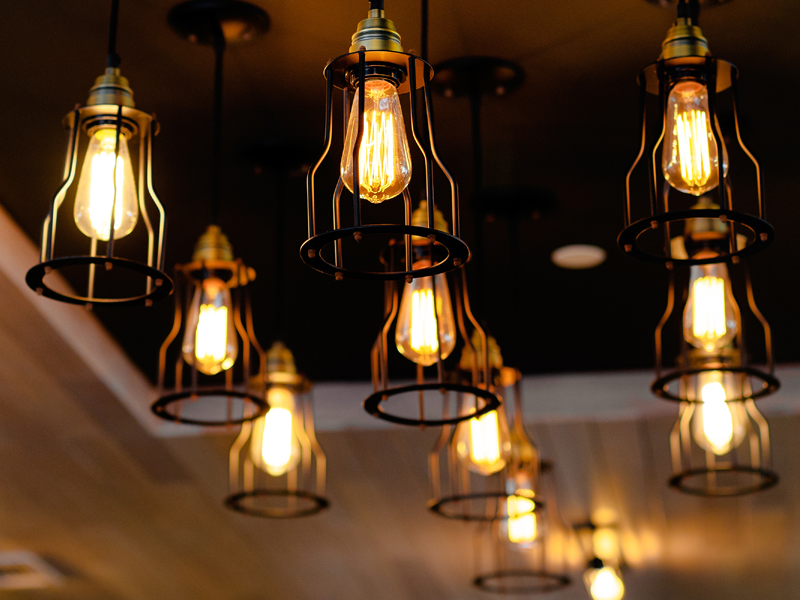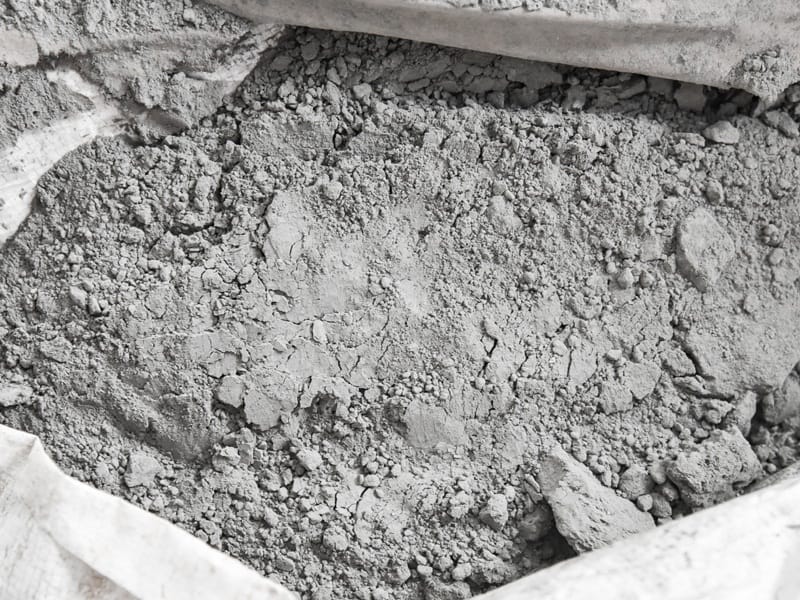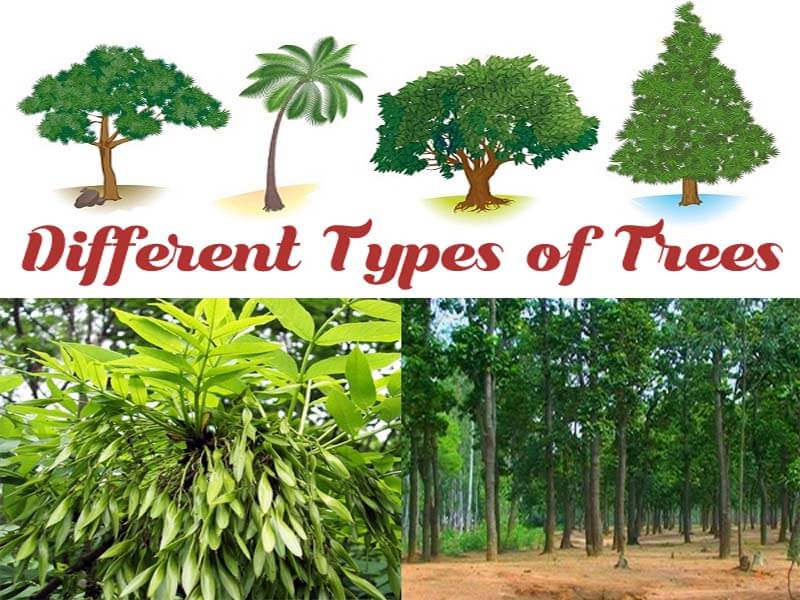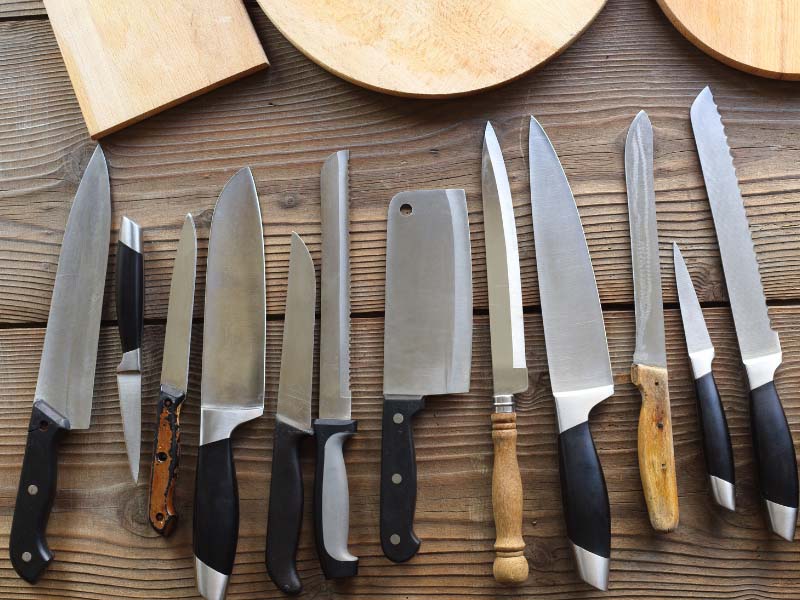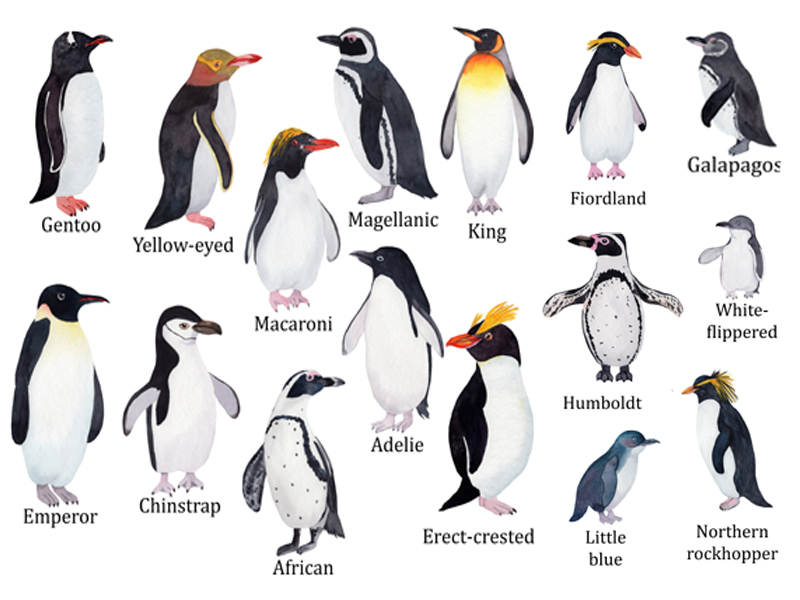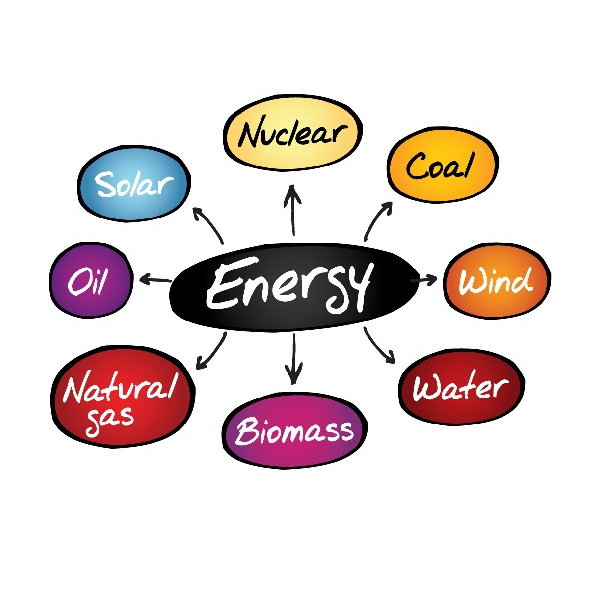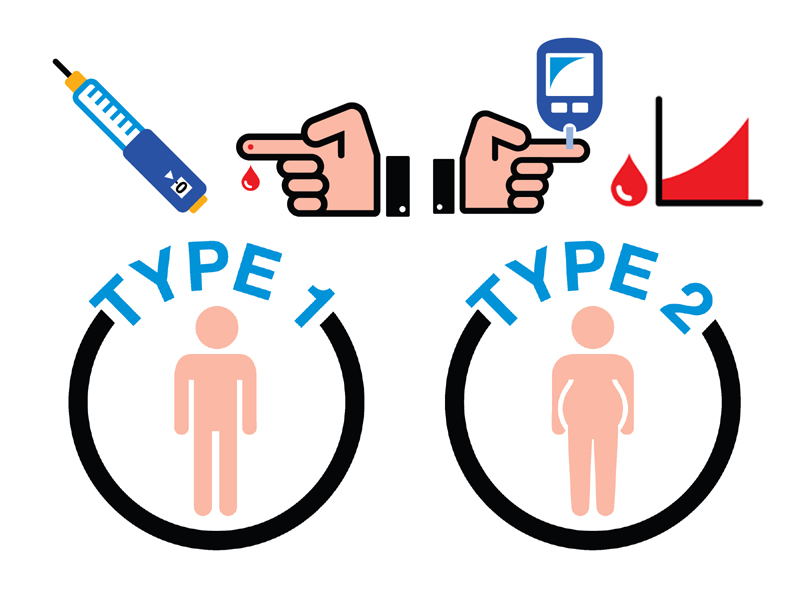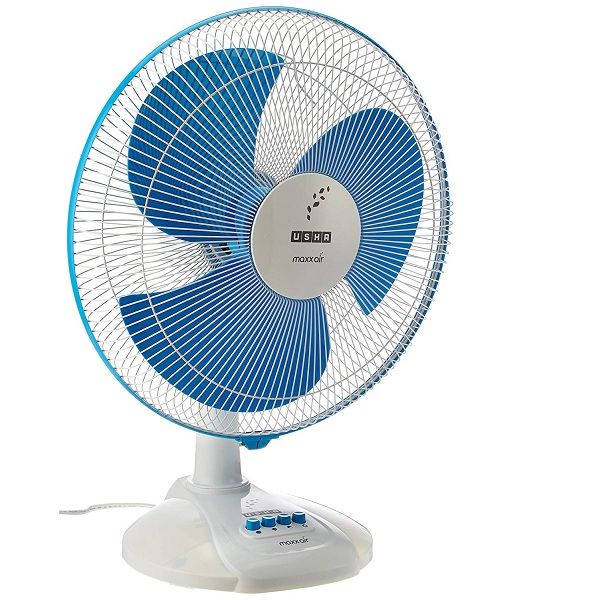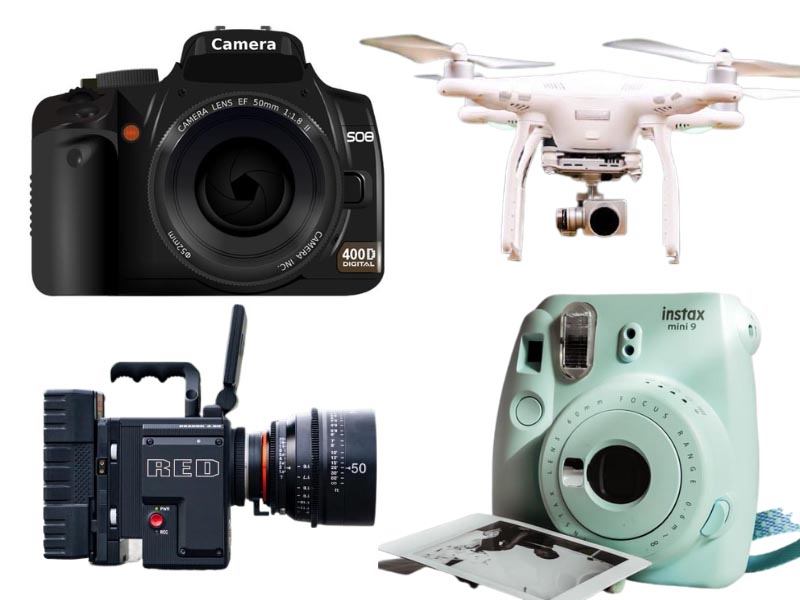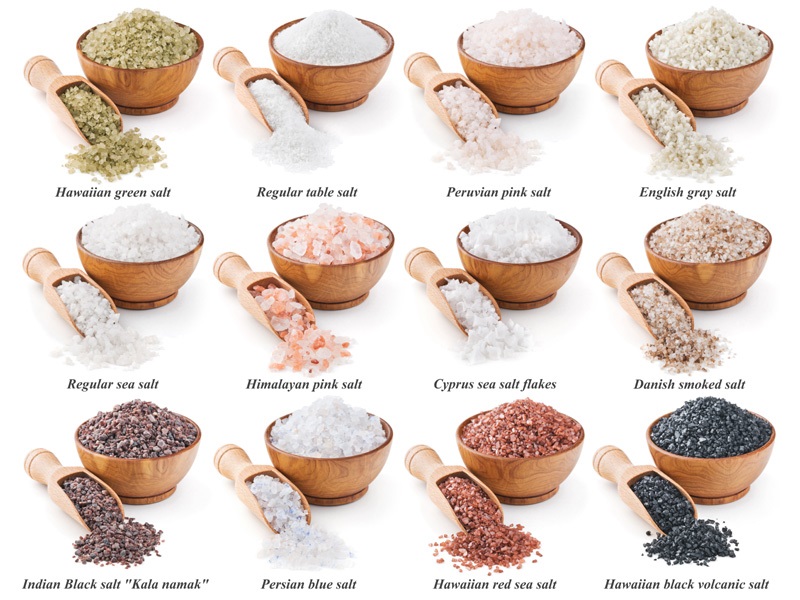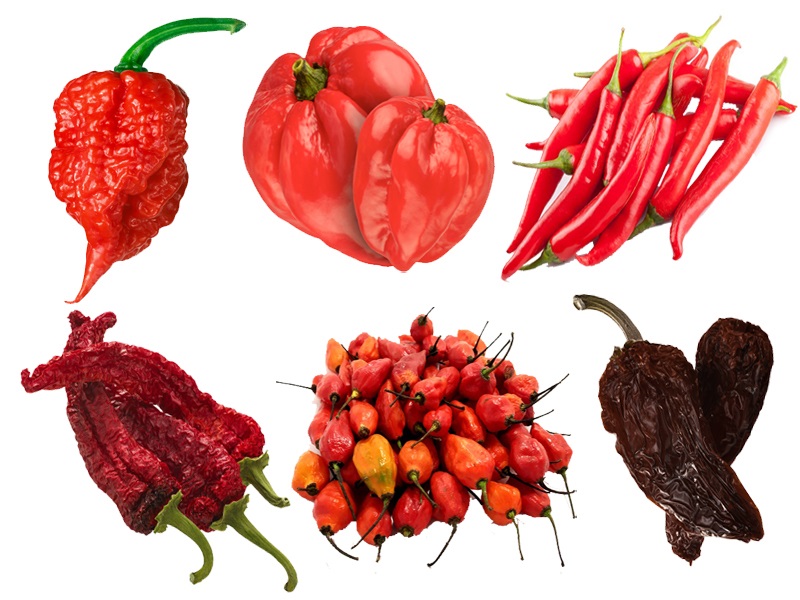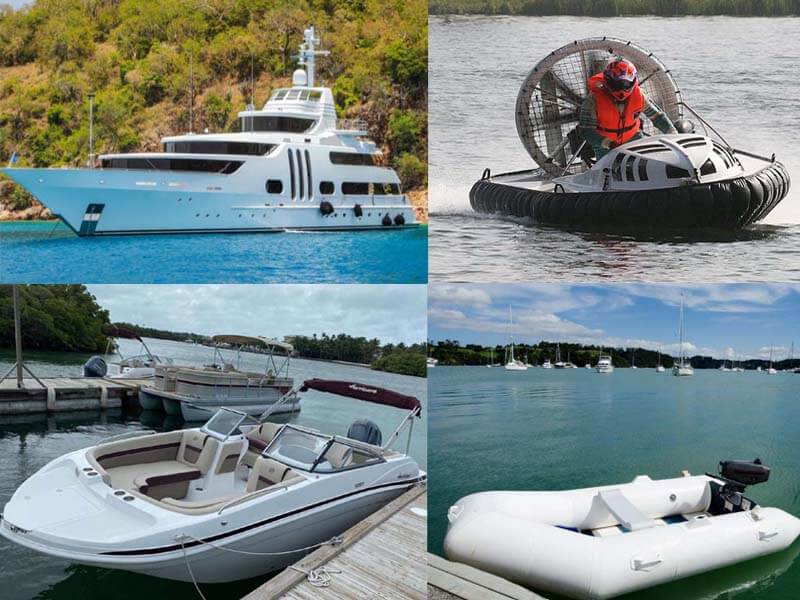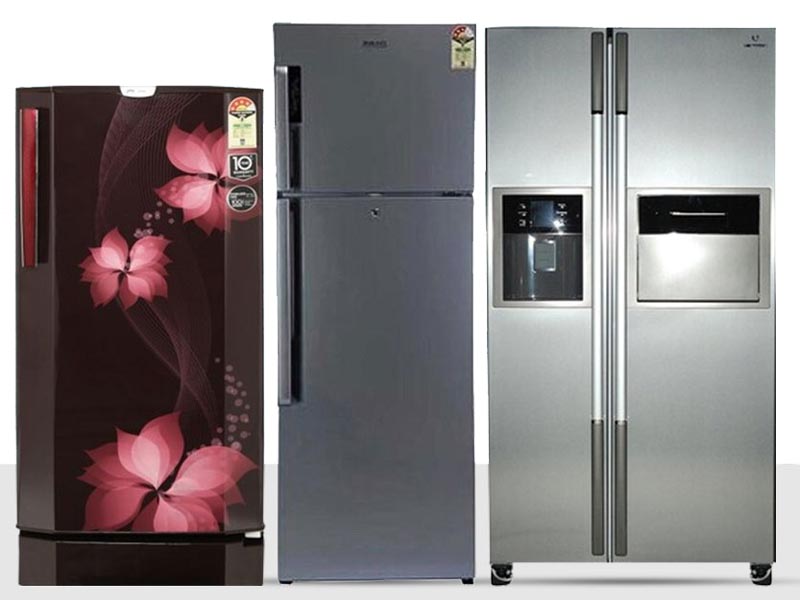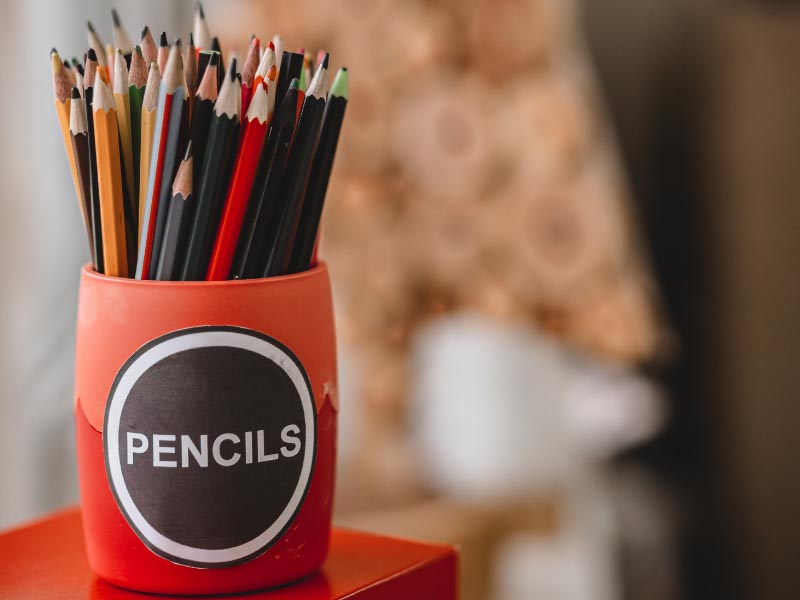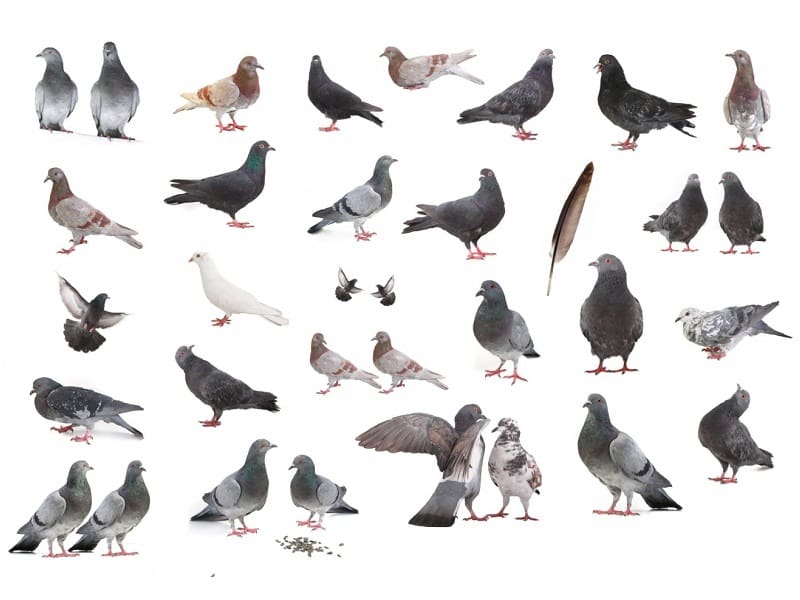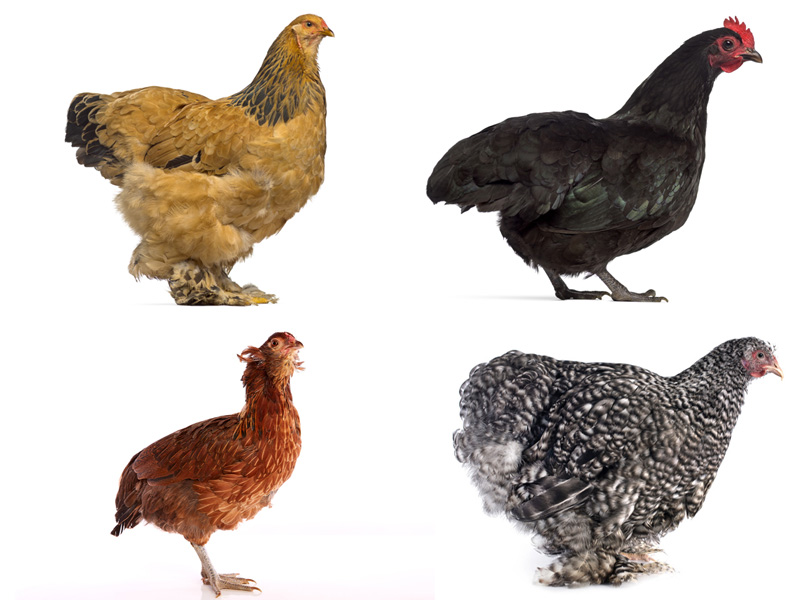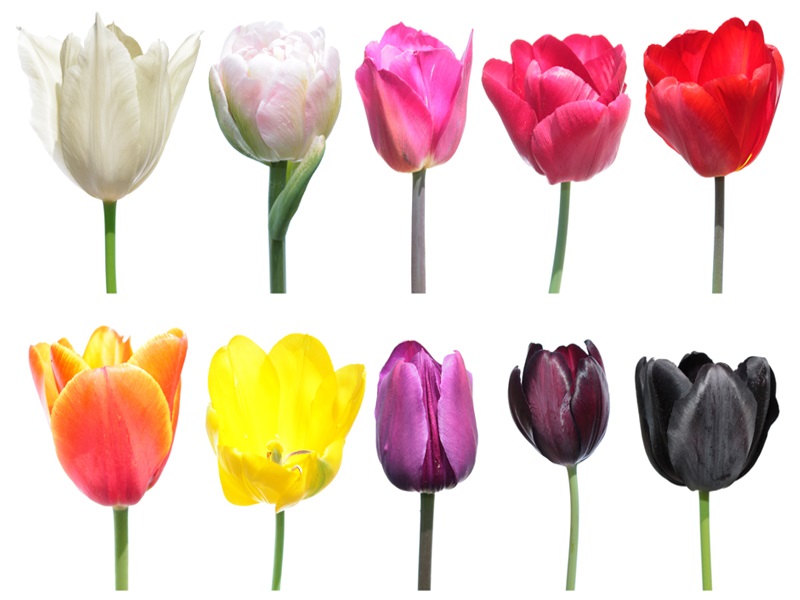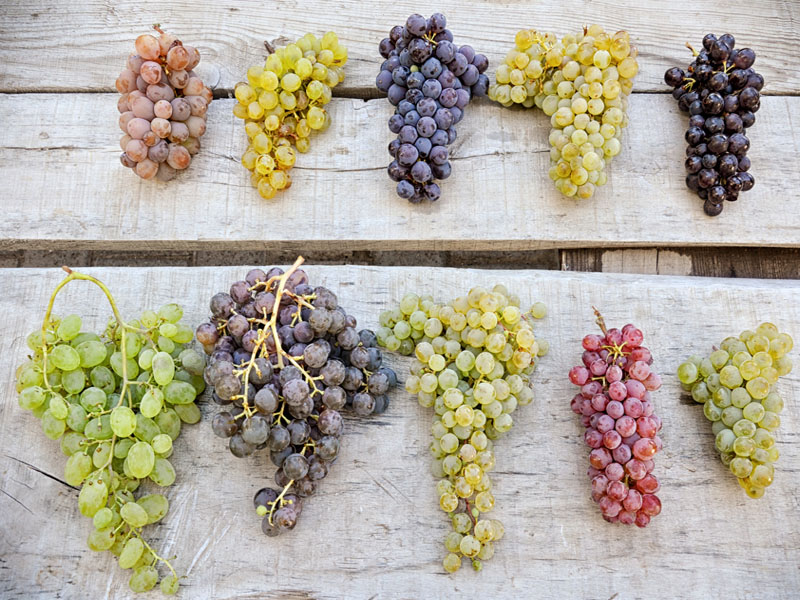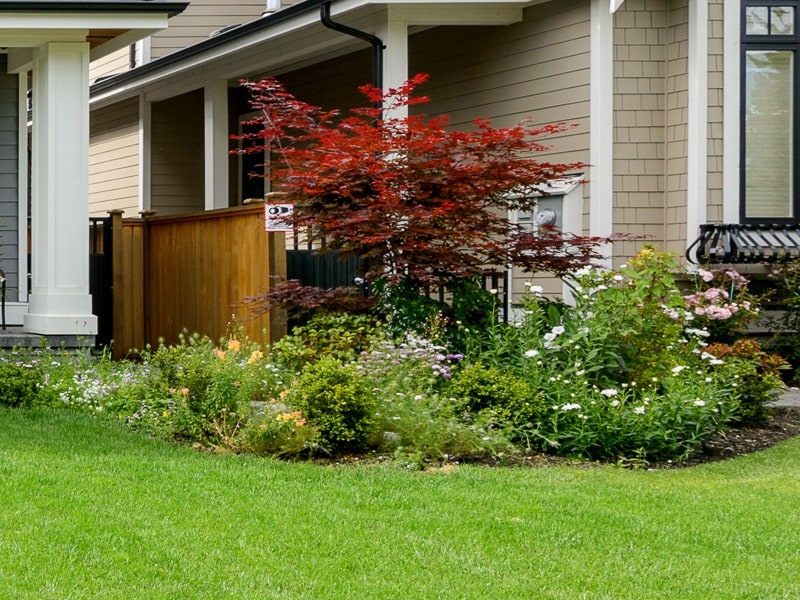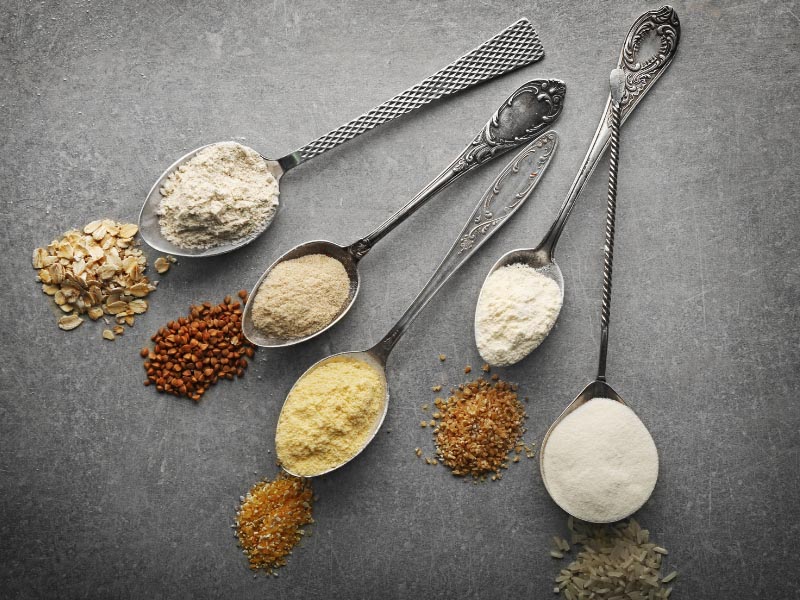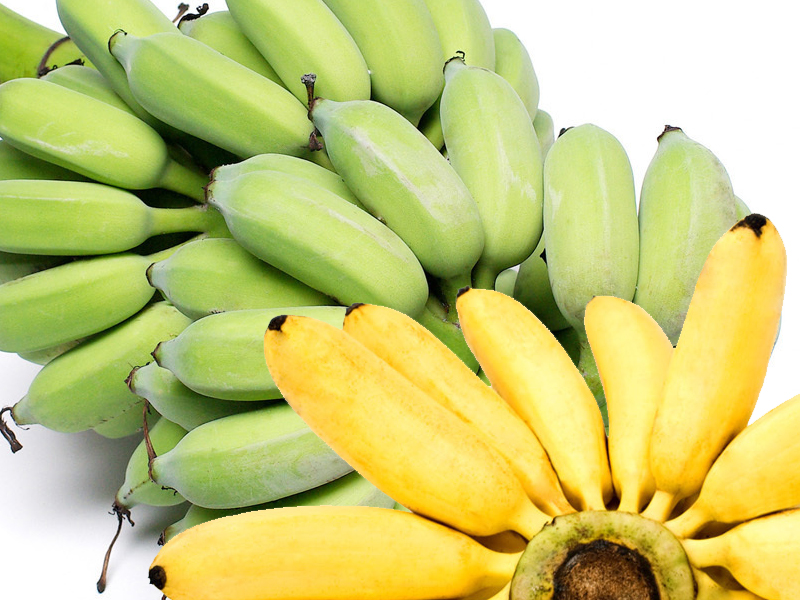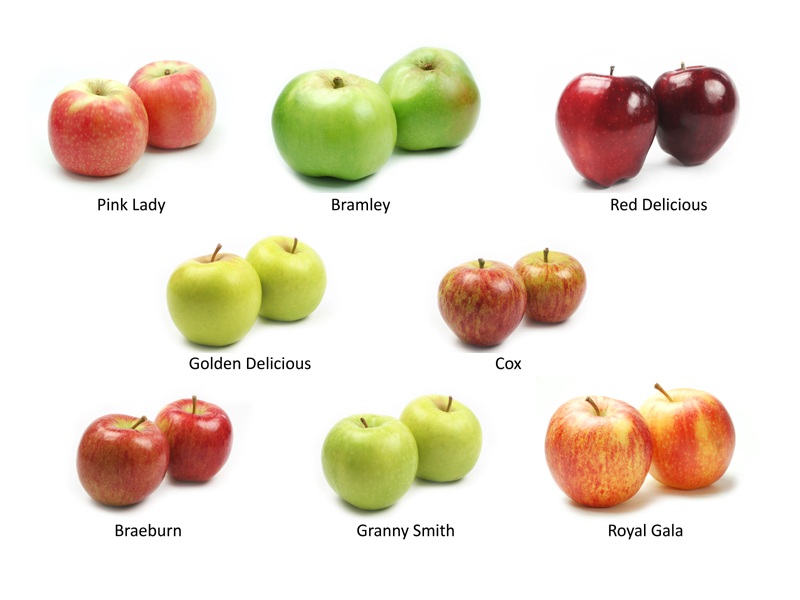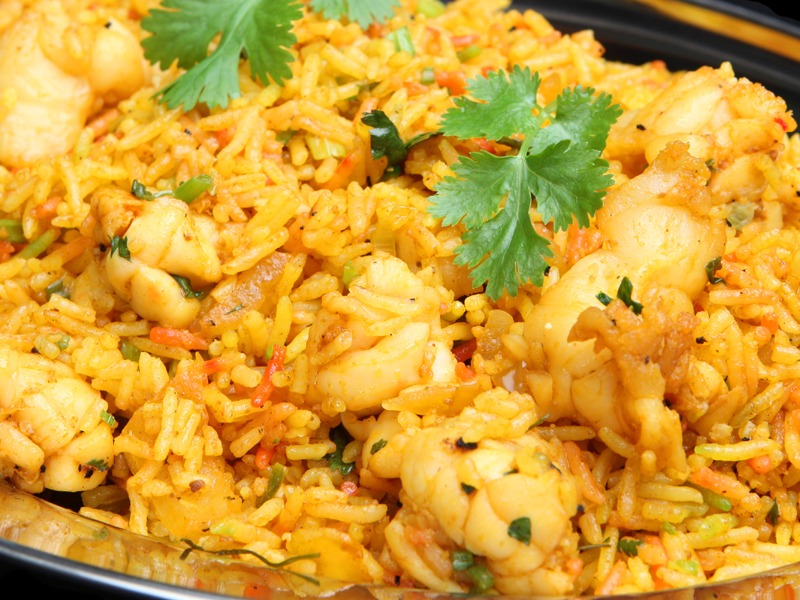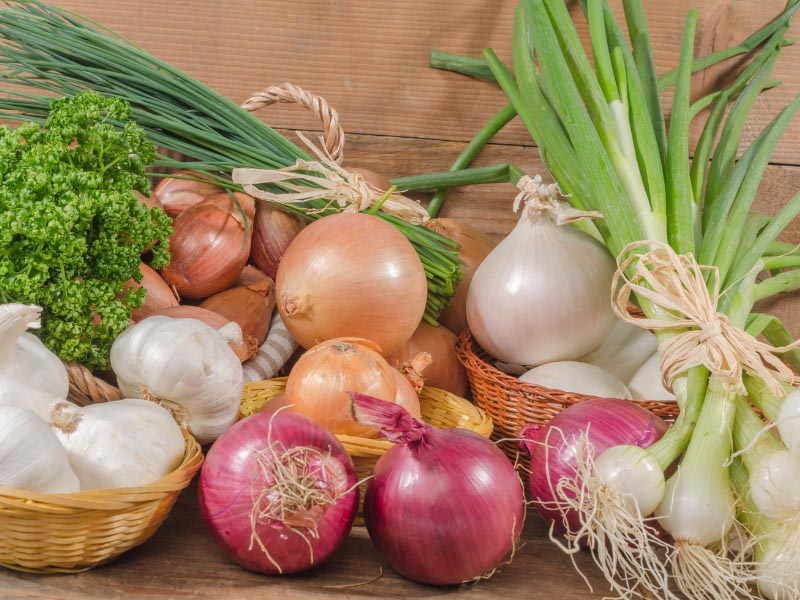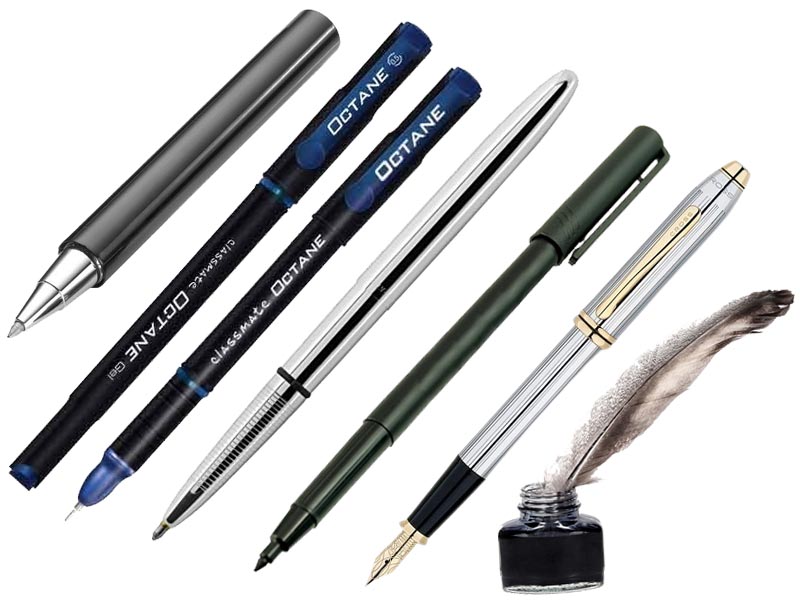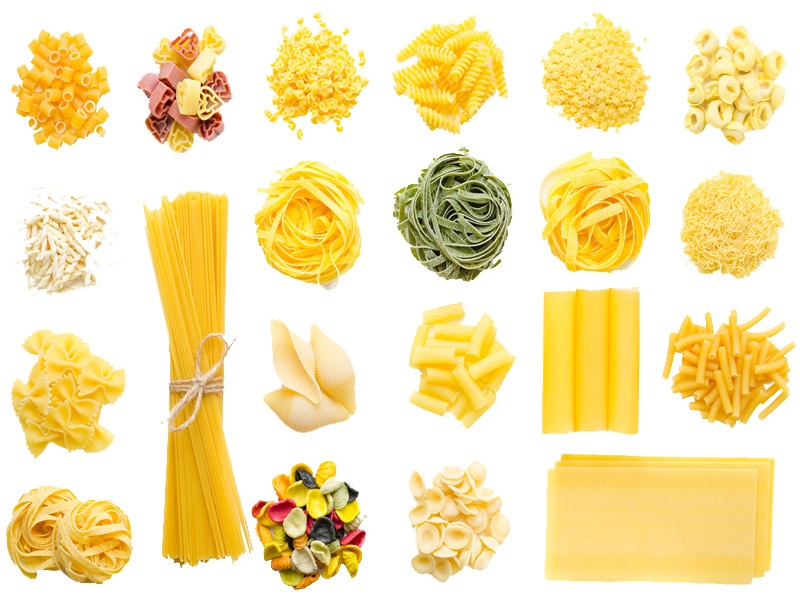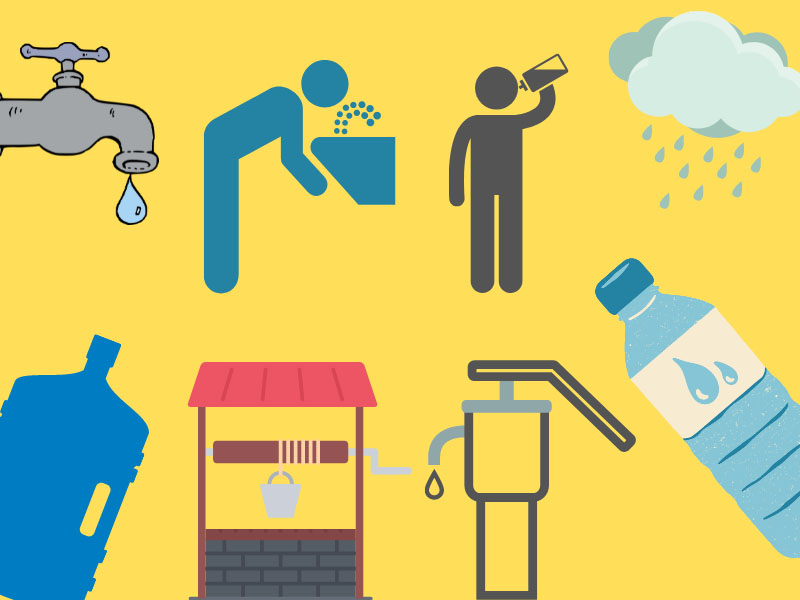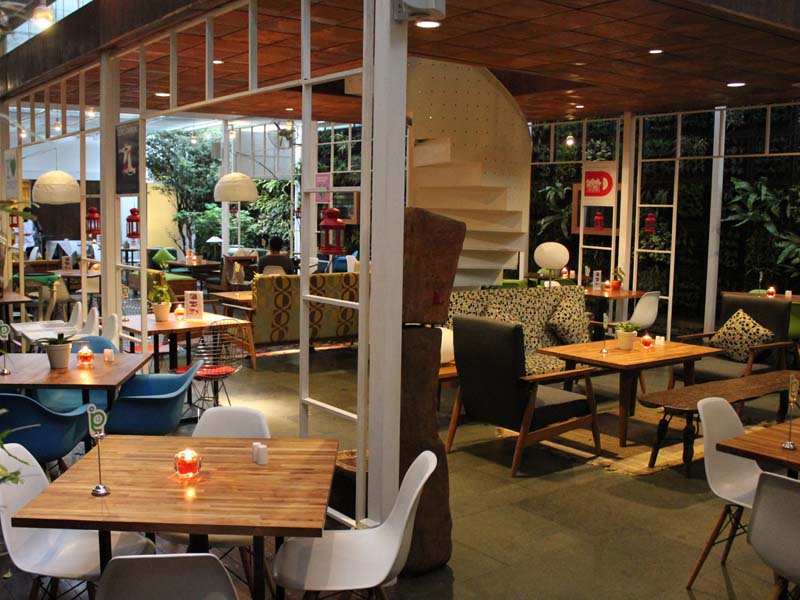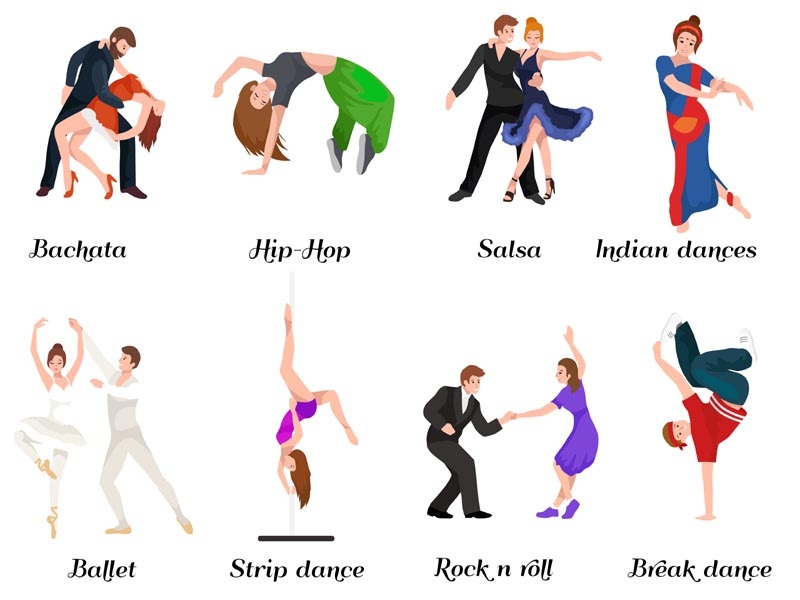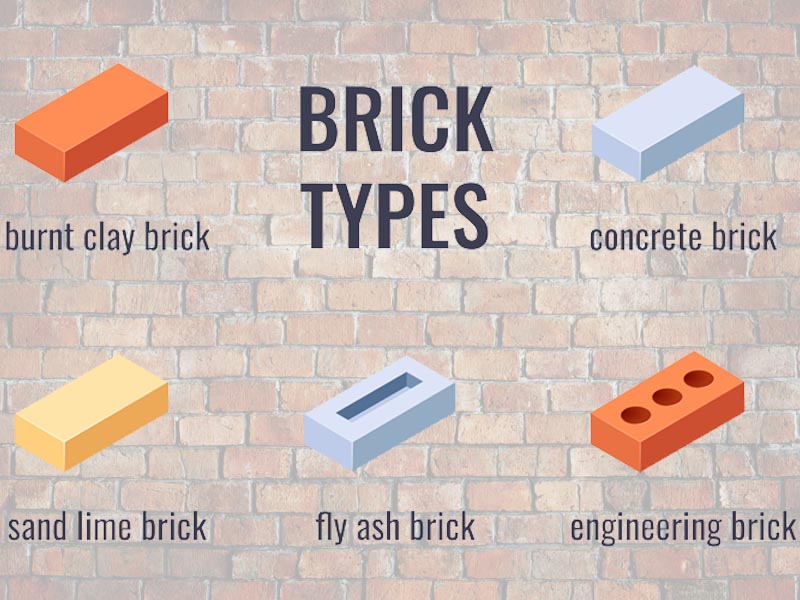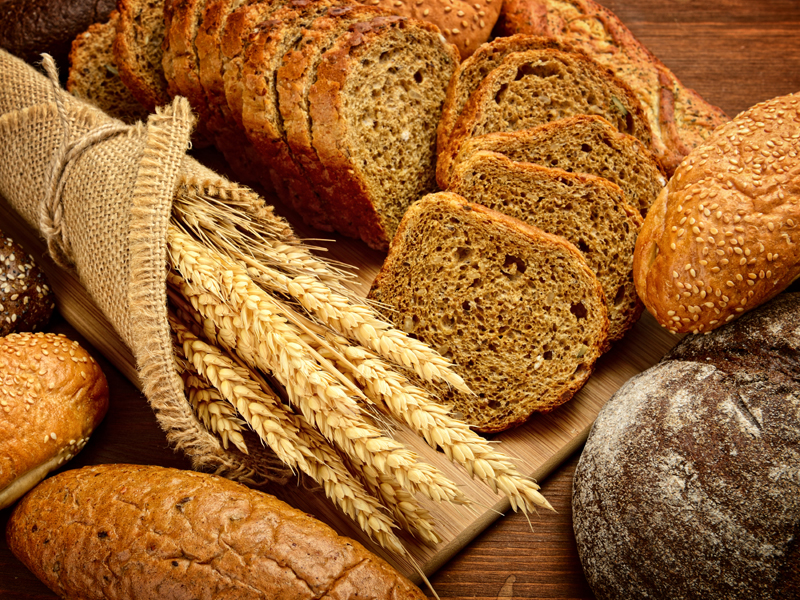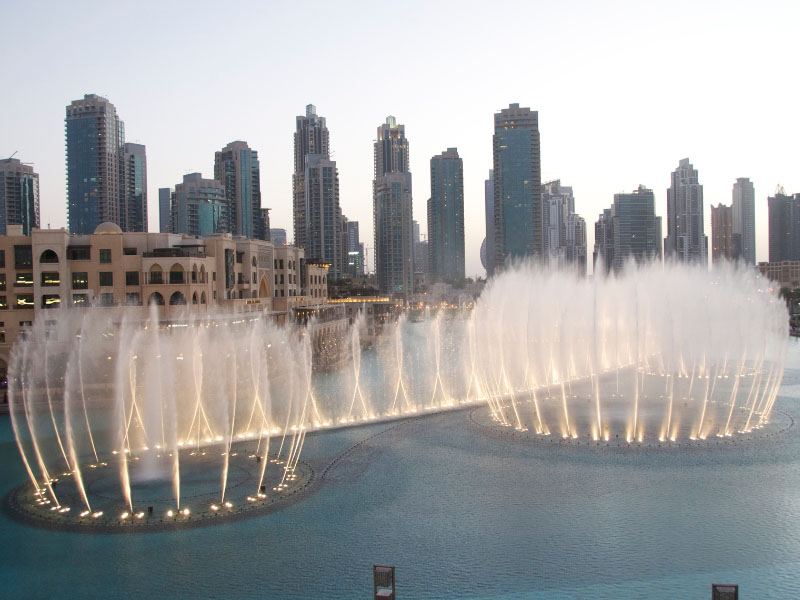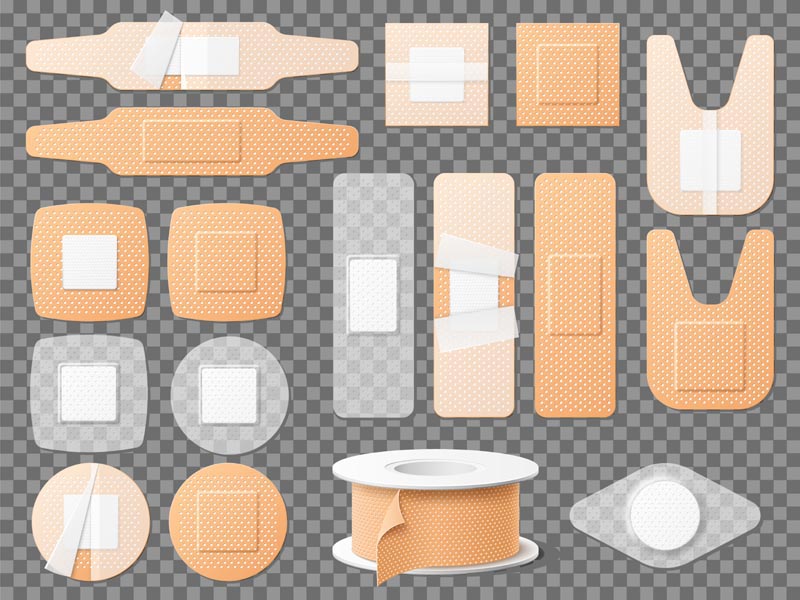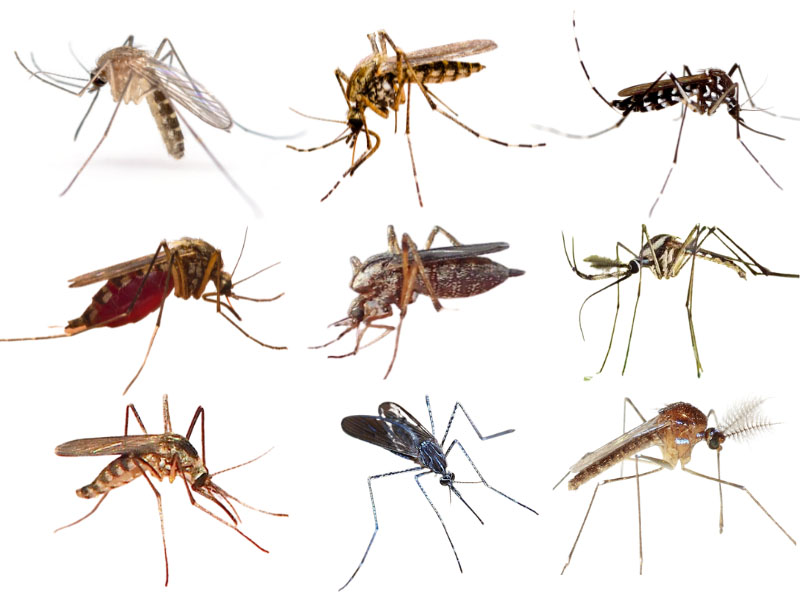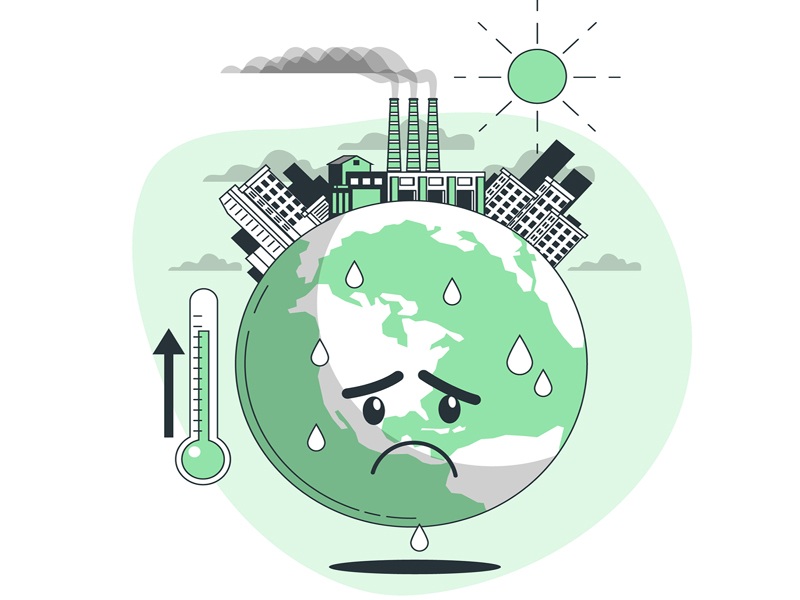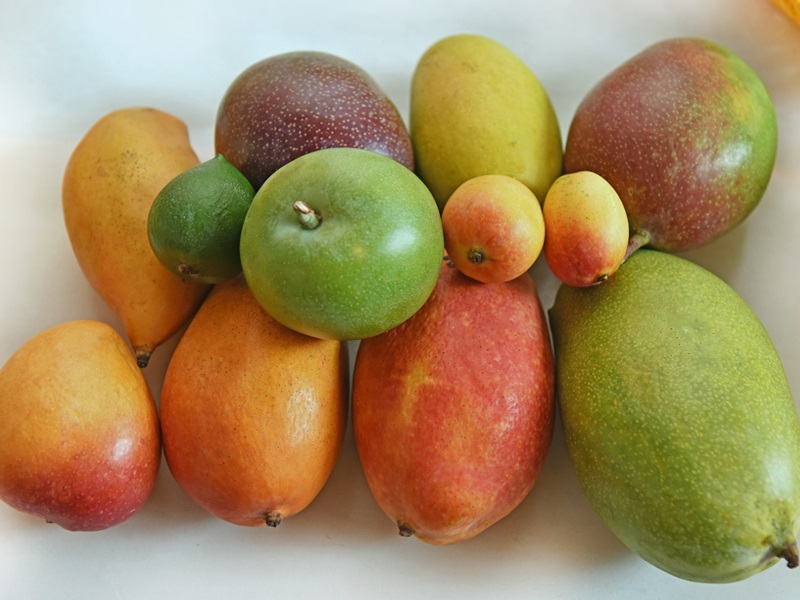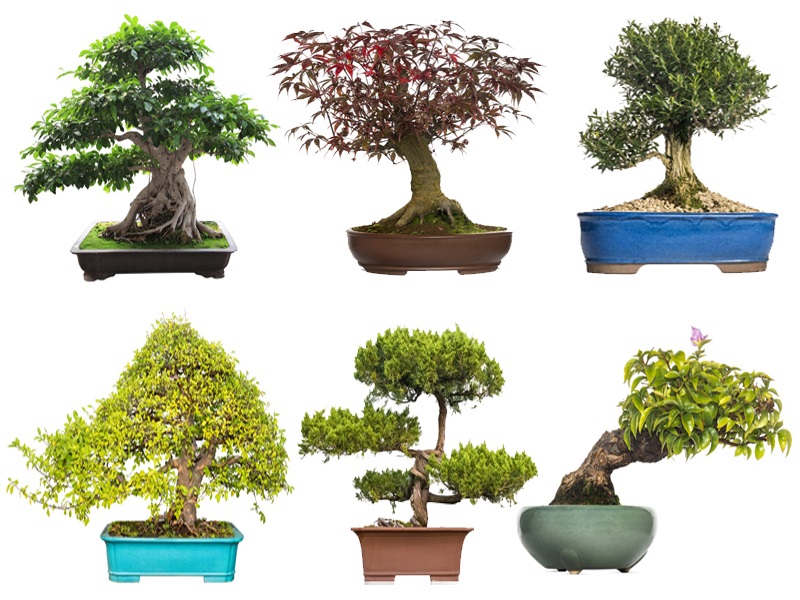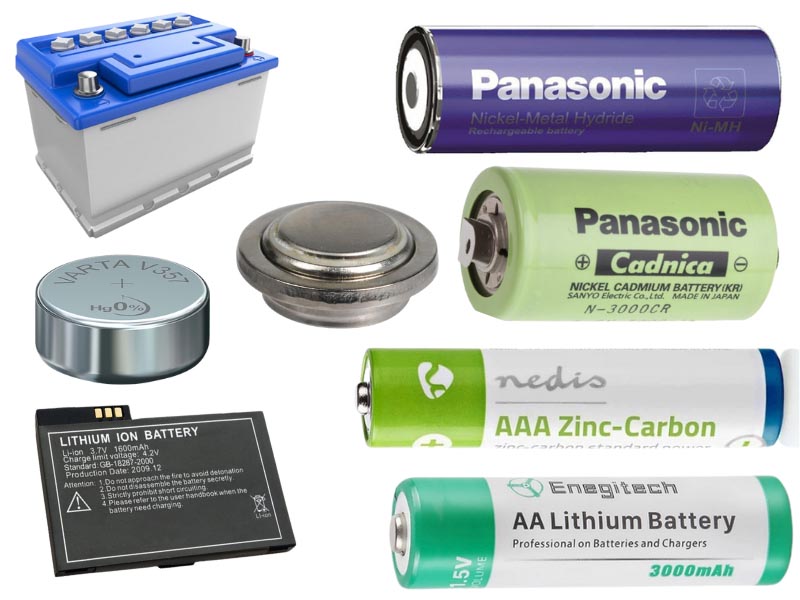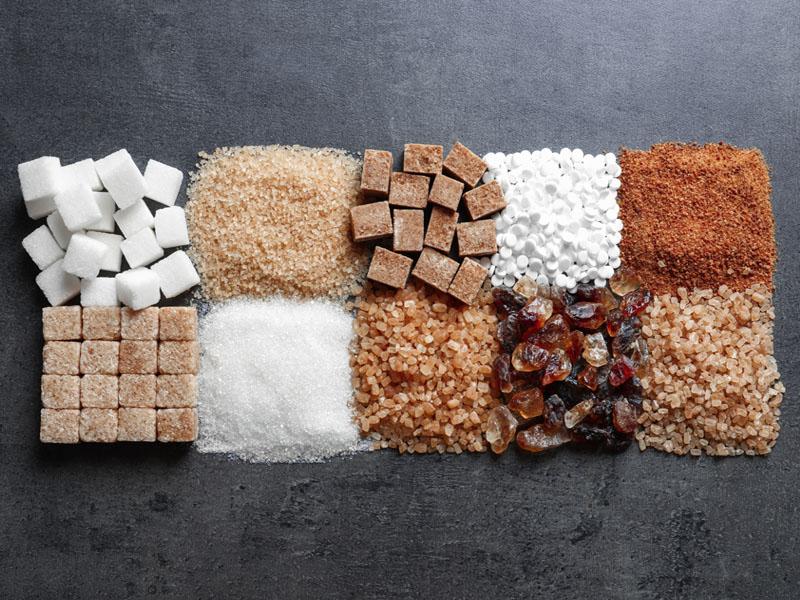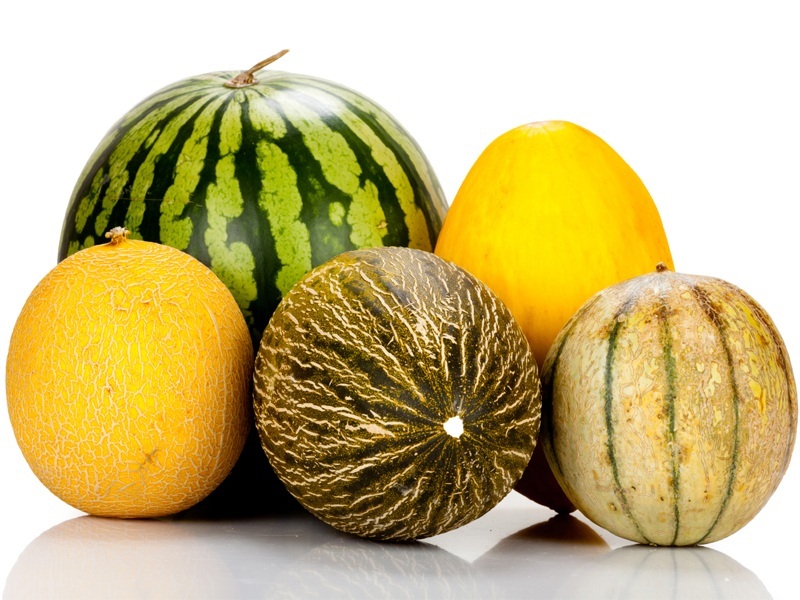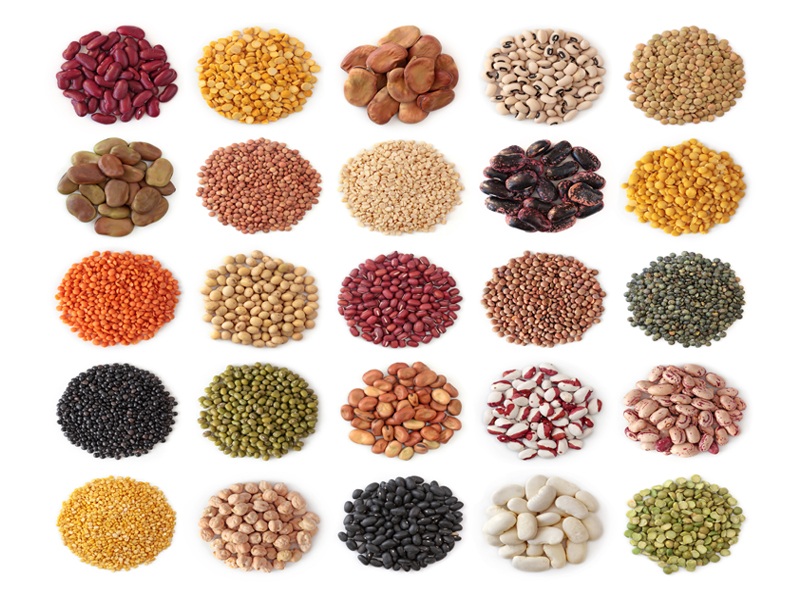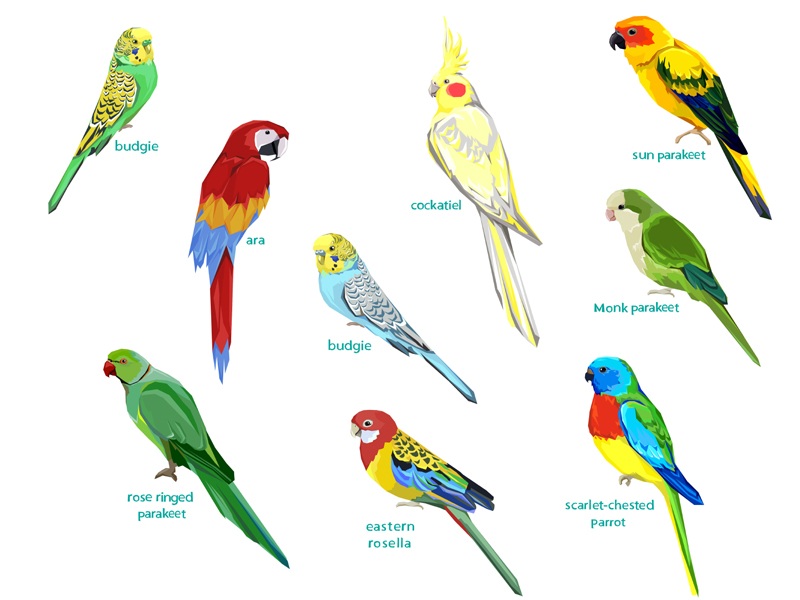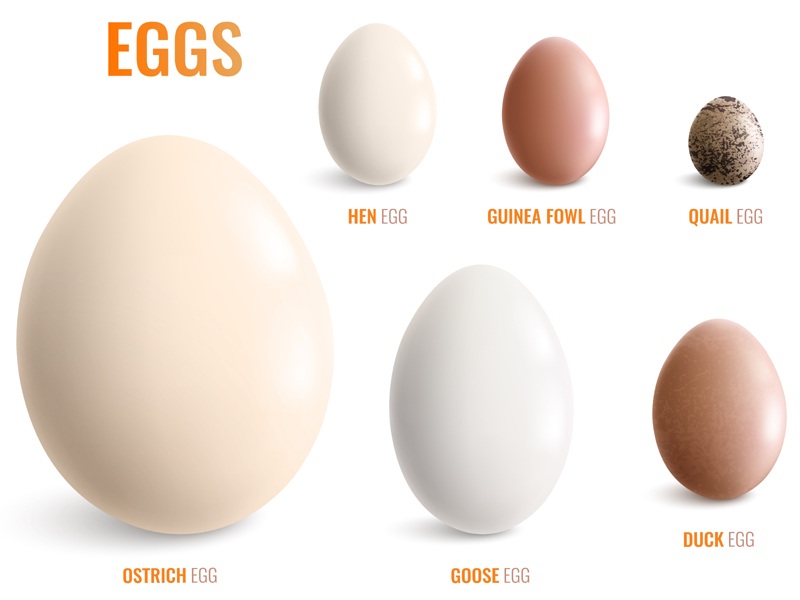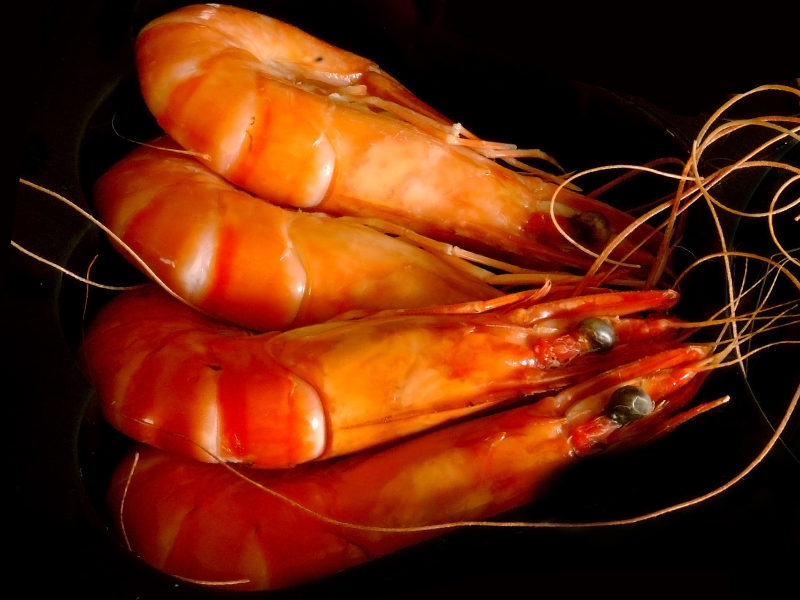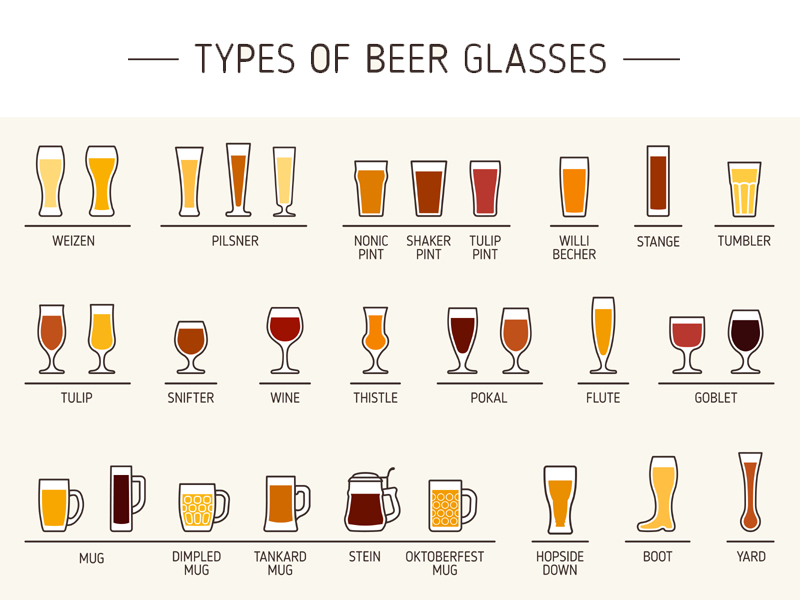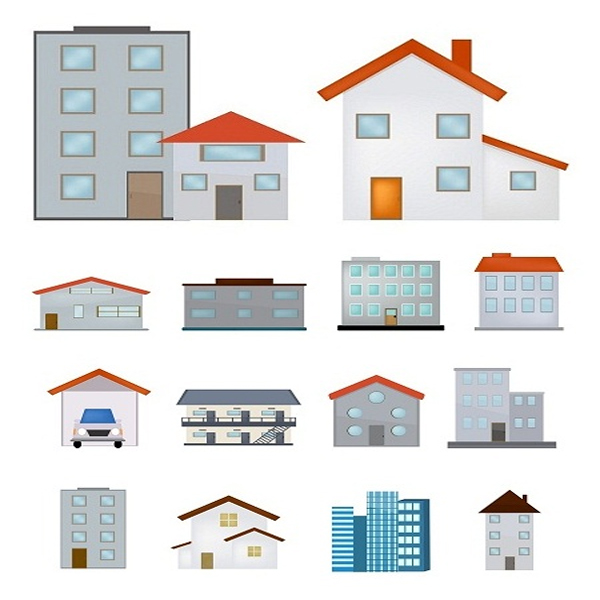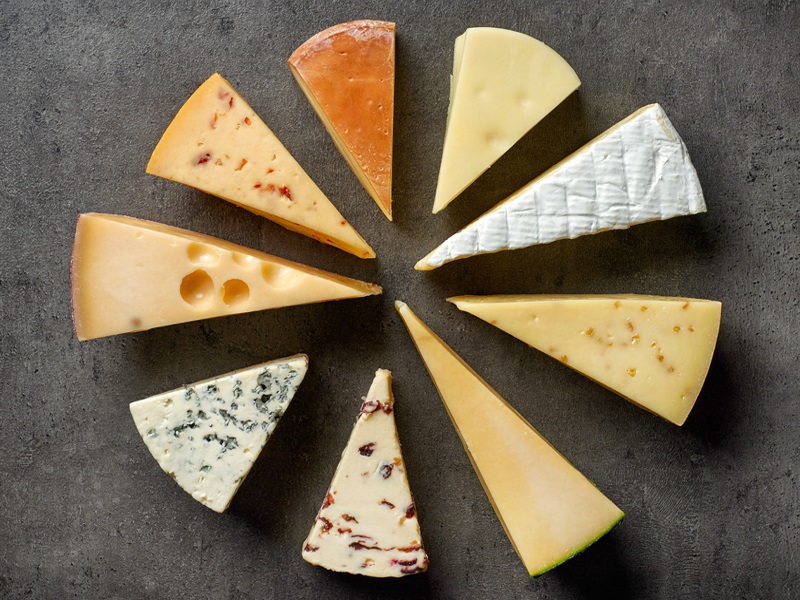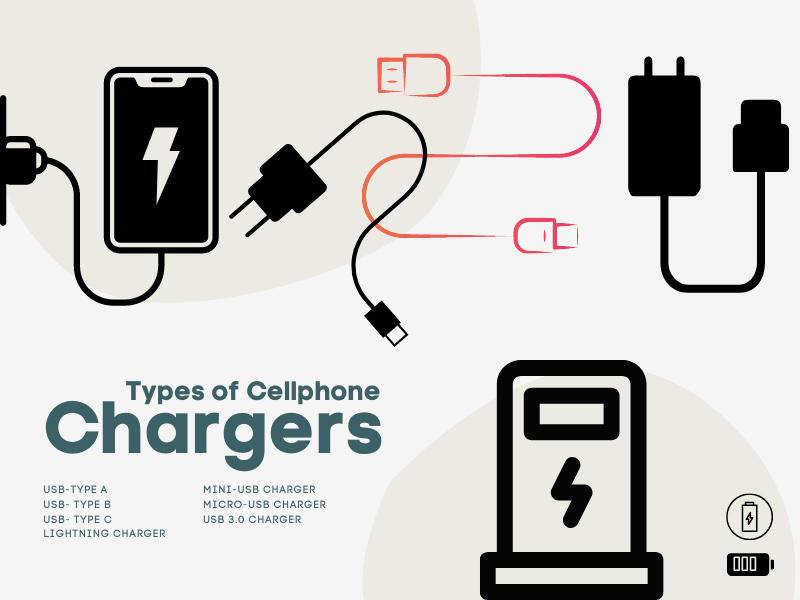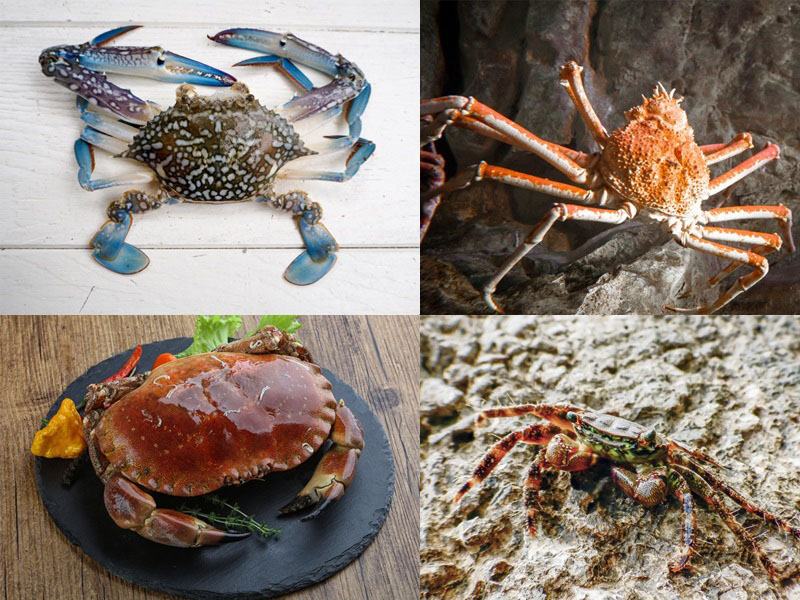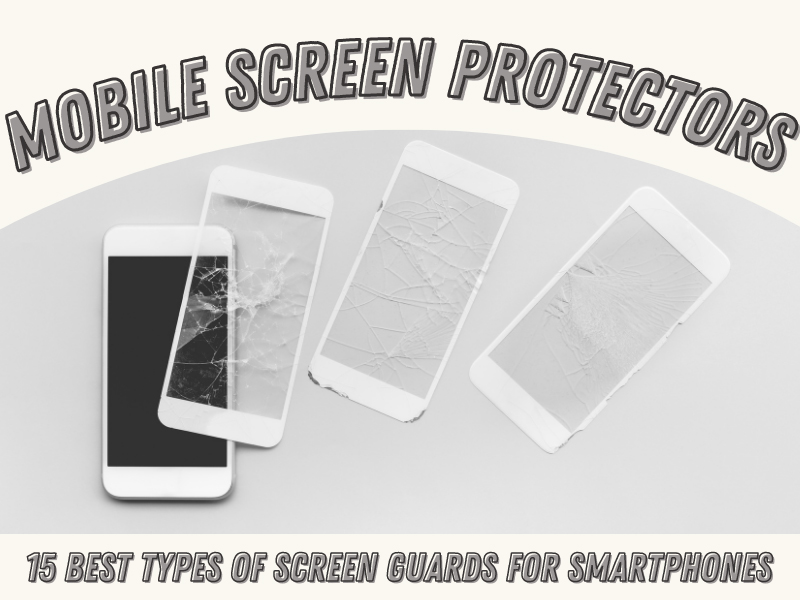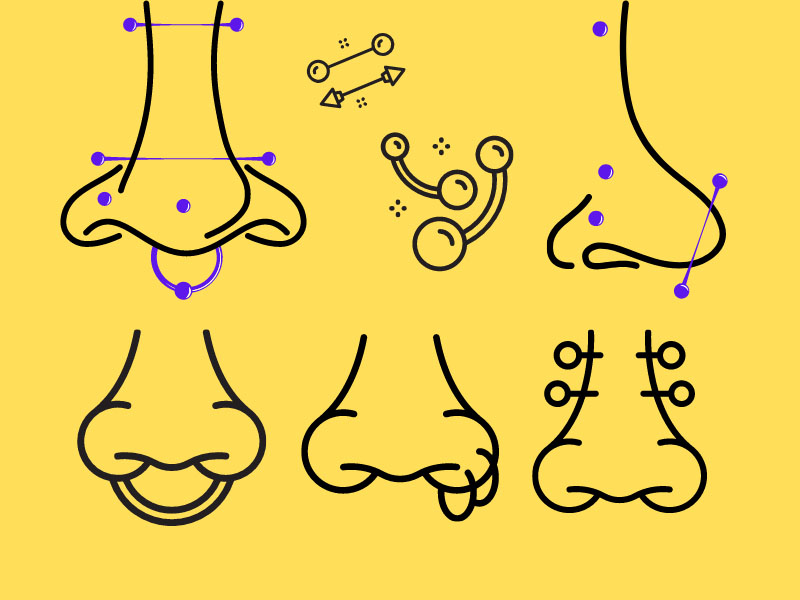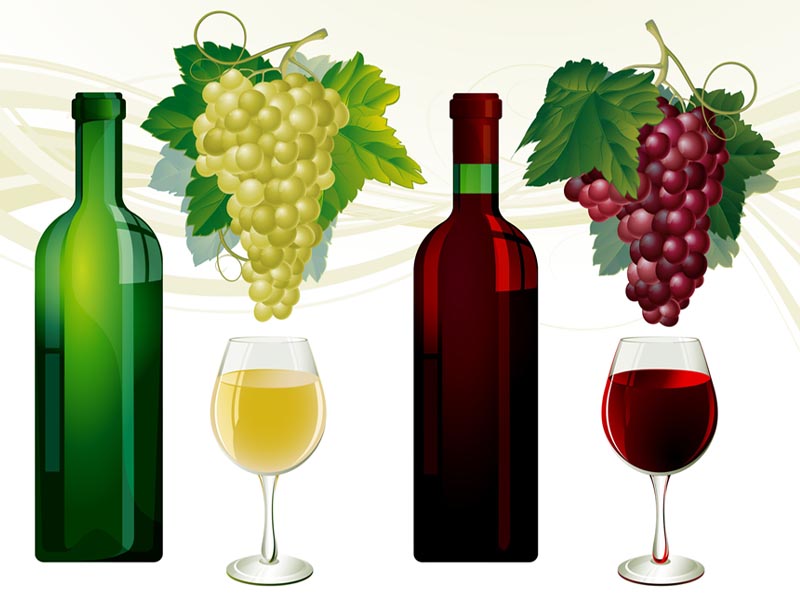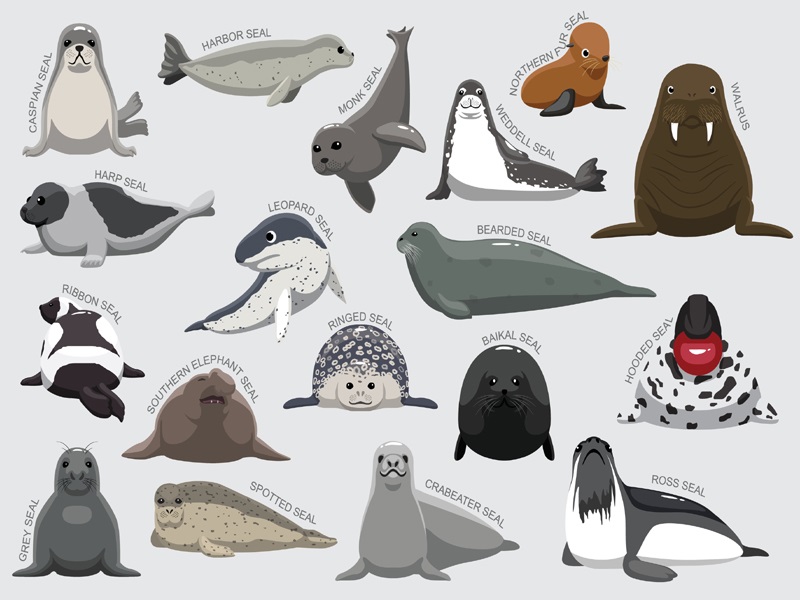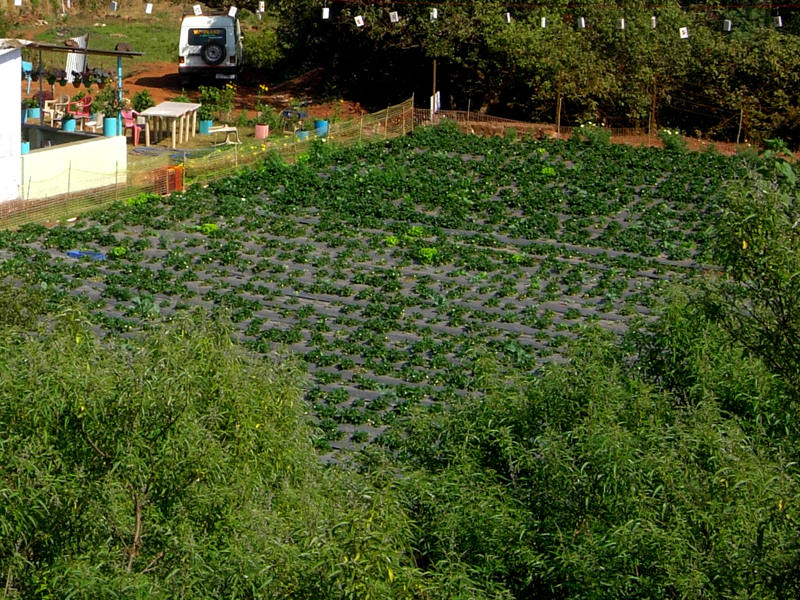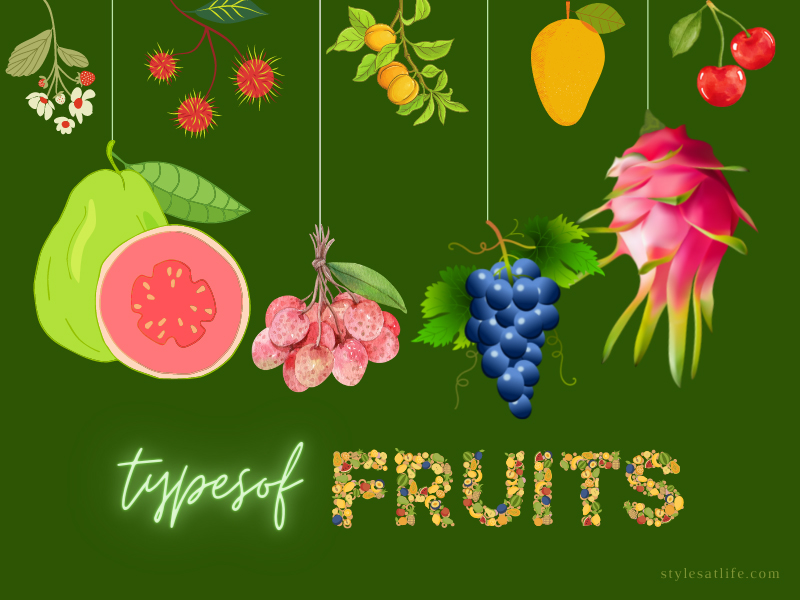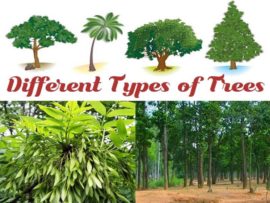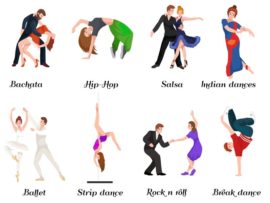Bridges have played a prominent role in developing transportation, communication, and international and local trade since the dawn of time. Bridges connect lands disconnected by water overcoming the obstacle smoothly. Men built bridges with tree trunks and wooden logs thousands of years ago. But with the grace of civil engineering, there is advancement in the construction of different types of bridges.
Bridges are classified based on design structure and material used. There are several types of bridges from ancient times until now. In this article, we have discussed prominent kinds of bridges in detail.
What Is A Bridge And History
Bridges are structures built to eliminate the span of a physical obstacle. But it doesn’t block the way of the area underneath the bridge. For the past 200 years, the construction of bridges has gone through an evolution. First, there was cast Iron, later wrought iron and construction steel, and finally settled on prestressed and reinforced concrete.
In the evolution of bridges, industrial strength has been a prominent factor; in the early 19th century, Great Britain built the most significant bridges. However, from the late 19th century through the mid-20th century, innovations arose in the United States and the subsequent decades in Japan and Germany. There has also been a fertile ground for advances in bridge building in Switzerland with its highly industrialized society. However, China built the world’s longest viaducts for its high-speed railways in the early 21st century.
Classification Of Bridges
The classification of bridges is based on several factors. Some of them are:
- Based on the type of structural elements used.
- Based on what they carry.
- Bridges Based on whether they are fixed or movable.
- Based on the materials used.
See More: Types of Buildings List and Designs
Different Types Of Bridges
Here is the list of the different types of bridges available worldwide.
1. Arch Bridges:
An arch bridge was extensively used by ancient Romans and is the most popular type of bridge. This bridge is in the shape of an arch, as the name suggests. The loads are carried along the arch’s curve to the support’s end because the curve’s load is not applied directly straight down.
This means a high amount of pressure doesn’t affect any part of the bridge. Abutments are the supports that take the load of the entire bridge. Depending on the stress and loads that the bridge should support, there will be several curves in the bridge. The arch structure has a roadway, and its span length is up to 250m.
Material: Stone, Concrete, Steel.
Advantages:
- It is easy to build with the materials available locally.
- These types of bridges are solid and rigid.
Disadvantages:
- It takes a long time to build these bridges.
- It takes a massive amount of materials.
Examples: Gaoliang bridge of the summer palace.
2. Beam Bridges:
A beam bridge is a perfect example of an essential log bridge and is one of the simplest ones. Wood plank or stone slabs are some of the materials used to build the deck traditionally. Two beams running between abutments support the bridge on either side. It offers additional support and stability by adding other beams between the main beams. Unlike the other bridges, a beam bridge doesn’t have stress transfer.
Material: Concrete and Steel.
Advantages:
- They are easy to construct and erect.
- They are the best for short spans.
- These types of bridges can cover vast distances.
- Ease in construction of temporary bridges.
Disadvantages:
- It requires RCC.
- It is expensive to build.
- Limits span these bridges.
Examples: Lake Pontchartrain Causeway in Louisiana, Howrah bridge in Kolkata, India.
3. Truss Bridges:
A Truss bridge consists of struts in the form of a framework. Many small elements form triangular trusses that create this bridge, hence the name. These bridges can support heavy loads as they are very rigid. Compared to the other type of bridges, the weight of the Truss bridge is significantly less. The truss bridge has a span length of 50m to 110m.
Material: Iron, Timber, Iron, Prestressed concrete, Reinforced concrete.
Advantages:
- This bridge is built in the factory and framed on the site.
- The piers or supports are comparatively less.
- They are rigid and robust.
- It is very lightweight.
Disadvantages:
- Its design requires highly skilled professionals.
- Their design is more complex.
Examples: Francis Scott Key Bridge, Baltimore.
4. Cantilever Bridges:
A cantilever bridge has one end kept free in space while the other has support. But it doesn’t mean one end is completely free. The two free ends connect the suspended deck during the construction of the Cantilever bridges. The top supports are applied to a tensional force when the load is applied. At the same time, the compression force is applied to the bottom parts. This process helps with the balance of the Cantilever bridge. The bridge is stable as long as there is balance in the force. This bridge has a 150m – 500m span.
Material: Structural steel, Prestressed concrete, Iron.
Advantages:
- This bridge requires support only on one side.
- This bridge is constructed when support cannot be provided.
Disadvantages:
- During construction, Cantilever bridges are prone to high turning stress.
- The bridge might buckle if the forces are not balanced.
Examples: Commodore Barry Bridge, Forth Bridge, Scotland.
5. Tied Arch Bridges (Bowstring):
A bridge structure that incorporates an arch supported by vertical ties between an arch and the deck is called the Tied arch bridge, a fascinating design. The bottom chord connects the tips of the arch structure, which has similar functioning to a bow’s string. The vertical lines translate the tension by the downward pressure from the arch structure to the bridge’s deck. The strengthened chord connects the arch with the tips of each end.
Material: Concrete, Stone, Bricks, Steel.
Advantages:
- It is very resistant to failure.
- They are solid and can take a high amount of pressure.
- These bridges become more robust with each visit since they are built to compress.
Disadvantages:
- It is not economical.
- Tied Arch Bridge needs varied construction materials.
- It requires regular maintenance.
- Limited bridge size.
- It needs more time compared to other conventional bridges.
Examples: Godavari Arch bridge in Rajamundry, AP, India.
Read: Types Of Bikes In India
6. Suspension Bridges:
Suspension bridges use suspension cables to suspend the deck slab. The steel cables hang the roadways secured by anchors on both ends of the bridge while connecting the two towers with steel cables.
The compression is dissipated into the earth by anchors with the help of towers. The cables or chains transfer compression to the towers with the load applied to the suspension bridge by traveling up the ropes, cables, or chains. The suspension bridge length span is between 150m to 2000m.
Material: Multiple steel wire strand cables, Forged or cast chain links, Steel ropes.
Advantages:
- Lightweight and strong.
- It helps to cross the river by providing a long span.
Disadvantages:
- Expensive.
- These bridges sway and ripple with the wind.
- They are not suitable for railways.
Examples: Brooklyn Bridge.
7. Cable Stayed Bridges:
Cable-stayed bridges are similar to suspension bridges but modern ones. Instead of suspended cables, these bridges are connected directly to the tower. The cables attached to the roadways create tension. A single tower covers the entire compression of the bridge as it doesn’t have any anchorages. The cable-stayed bridge has a length span of 500m to 1000m.
Material: Steel or concrete pylons, Steel rope, Post-tensioned concrete box grinders.
- Steel rope, post-tensioned concrete box girders,
Advantages:
- Compared to a suspension bridge, it is economical.
- It is built easily.
- It is effective for medium spans.
Disadvantages:
- It might not be easy to inspect and maintain the bridge.
- It is not suitable for long distances.
Examples: Bandra-Worli sea link, Mumbai.
Bridges Types By Mobility
Here is the list of bridges classified based on mobility:
8. Fixed Bridges:
Fixed bridges are the ones that provide a steady, secure passage across a river, canyon, rail line, roadway, or any other obstacle by anchoring in place and are pretty simple. Many of the bridges mentioned in the above section come under this category.
9. Temporary Bridges:
Pontoon bridges help transport supplies, military vehicles, and troops during wartime. These are temporary structures that float directly on the water atop pontoons. Earlier, to form a bridge, people lined up ships or rafts for this purpose.
Material: Lightweight aggregate concrete, High-performance steel, Aluminum.
Advantages:
- Quick construction.
- Inexpensive.
- Durable.
- It can cope with vehicles and pedestrians.
Disadvantages:
- High-cost maintenance.
- Susceptibility to damage because of weather.
- Navigation of watercraft is obstructed.
10. Moveable Bridges:
As the name suggests, movable bridges allow a portion of the structure to move, such as swinging and lifting bridges. Some examples of movable bridges are:
- Vertical Lift Bridge:
This truss bridge uses cables affixed to the deck while raising the bridge. In addition, there are towers on either side of the waterway, and these bridges use pulleys to raise the bridge. The height of the towers dictates the maximum size as the deck remains horizontal as it is raised.
- Swing Bridges:
Swing bridges swing like an opening door or rotate horizontally on a pedestal allowing watercraft to pass. These types of bridges are used in places where you cannot construct a lift bridge; although these types of bridges are not very common,
See More: Different Types Of Roads
Bridges Types By Function
Here is the list of bridges that are classified based on their function. Let us go through them:
11. Pedestrian Bridges:
Pedestrian bridges are wide enough for a single person or two people side-by-side and are also called footbridges. The earliest pedestrian bridges include fallen trees or stepping stones. Roads that transverse lower, marshy, or sandy land, such as swinging bridges and boardwalks, come under pedestrian bridges.
Material: Steel, Concrete, FRP, Wood, Composite, Aluminum.
Advantages:
- Gives you access to beautiful views.
- It helps enhance nature’s beauty.
- Safe crossings in urban areas.
- Accessible for disabled.
- It has year-round access.
Disadvantages:
- It might cost more to implement in remote areas.
- It might increase the cost to incorporate accessibility to long ramps.
- Limited bridge Maintainance.
Examples: Kokonoe Yume Bridge in Japan.
12. Double-Decked Bridges:
A double-decker bridge is ideal for densely populated areas to accommodate more traffic. The upper deck allows freeway traffic featuring six lanes for each direction and two lanes for non-motorized vehicles. It also has four local motor vehicle lanes and two more pedestrian walkways.
13. Train Bridges:
Trains bridges are nothing but truss bridges, and it shouldn’t surprise that many truss bridges carry rail lines. They became prominent for transportation when railroads were the pinnacle. Trestle is another train bridge supported by frames close to a long span and consists of multiple short beams end-to-end. Steel, Concrete, Stone, and Asphalt are some materials for constructing this bridge.
14. Pipeline Bridges:
A bridge constructed for running a pipeline over a river or another obstacle is called a pipeline bridge. These bridges are built when there is no possibility of running a pipeline under the river or conventional bridges. This type of bridge uses Thermoplastics, steel, fibreglass, Aluminum for construction and are usually suspension bridges.
15. Aqueduct/Viaduct Bridges:
Aqueduct is constructed to convey watercourses across gaps such as ravines or valleys and therefore are also called water bridges. The word aqueduct means ‘water bridge’ in Latin. Romans carried water from one place to another by using arched aqueducts.
A Viaduct is a series of aches over an extended distance that elevates a roadway perfectly. This road supports a long elevated railway or road and consists of a series of arches, piers, or columns.
16. Culverts:
Culverts are similar to bridges but aren’t technically bridges. These structures allow water to flow underneath rather than across the road, trail, or rail line and are simple structures surrounded by soil or other fill.
Material: High-density polyethylene, Aluminum, Steel, Plastic, Concrete.
Advantages:
- They prevent erosion.
- Culvert helps prevent floods.
- It doesn’t allow water to overflow.
- It helps divert water for engineering or farming purposes.
Disadvantages:
- If the shape of the construction is poor, there might be a prohibition on the growth of aquatic organisms.
- There is a chance of severe corrosion or scouring if the installation is incorrect.
Examples: A tunnel under the Reading Railroad that a stream flows through.
See More: List of Different Paint Types
17. Traffic Bridge:
A traffic bridge allows at least one vehicle to transverse in a single direction because it is wide and sturdy. Although usually there are at least two lanes of opposing traffic and the traffic bridge accommodates it.
Bridges serve as landmarks, not just means to get from one place to another. But, more than that, bridges define us as humans culturally and historically by becoming geographical and architectural symbols. So we hope you will take a closer look the next time you approach a bridge with the help of the different types of bridges mentioned in this article. Don’t forget to let us know if you found this article helpful!
FAQs
1. Which type of bridge is expensive to build?
The most expensive type of bridges to build are suspension bridges because they can span huge distances. The high costs come from the size of the towers, installation, and materials used. It might cost more than $ 1 billion to build today’s suspension bridges.
2. Which is the strongest type of bridge?
Though the design is simple, the Truss bridge is regarded as the strongest type of bridge, and it has been around for centuries. The bridge’s stability comes from evenly spreading the load across the bridge.
3. Which type of bridge is common?
The most common type of bridge found in many countries is the Beam bridge because it is simple to build.
4. What are the different types of bridge materials?
Bridges can be made from any material, whether vines, ropes, or almost any material at hand. However, the following are the common materials used in building bridges all over the world:
- Wood.
- Concrete and steel.
- Stone.
- Fiber-reinforced plastics.
- High-performance concrete.
- Composite materials.
5. What are the forces that influence the bridge designs?
More than aesthetics, several factors influence the design of bridges. There are also natural forces to consider and the topographical and logistical conditions. Some of the details are:
- Gravity.
- Compression.
- Load.
- Tension.
- Shear.
- Torsion.
- Resonance/vibration.
Disclaimer: The information provided in this article is based on research. The website is not responsible for the authenticity and accuracy of the information. If in doubt, you can consult a professional for more details.


